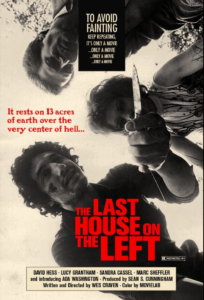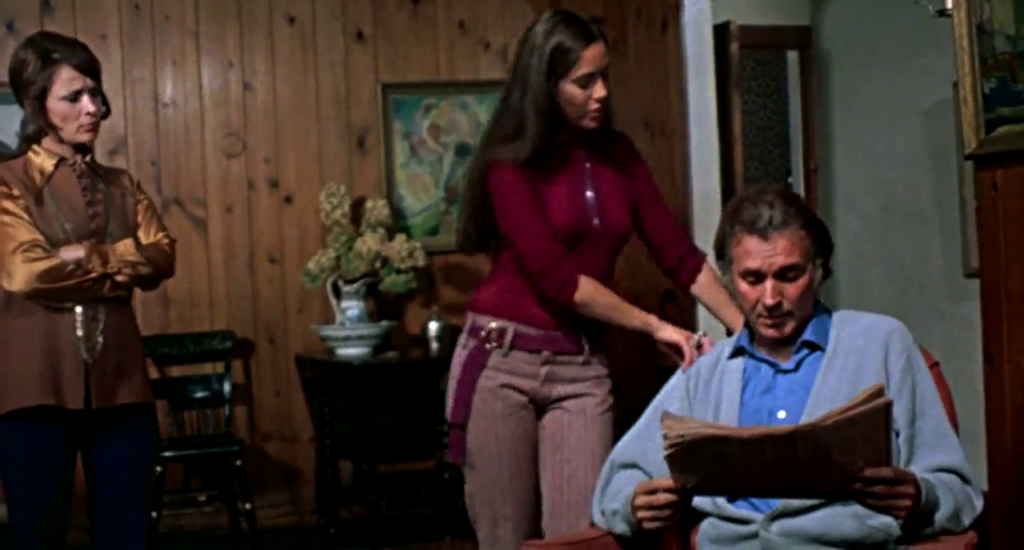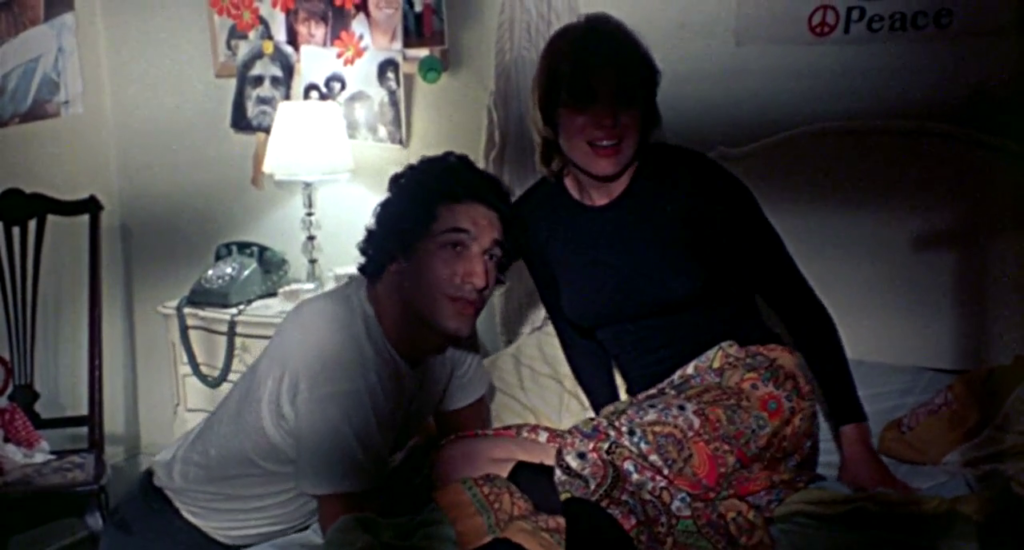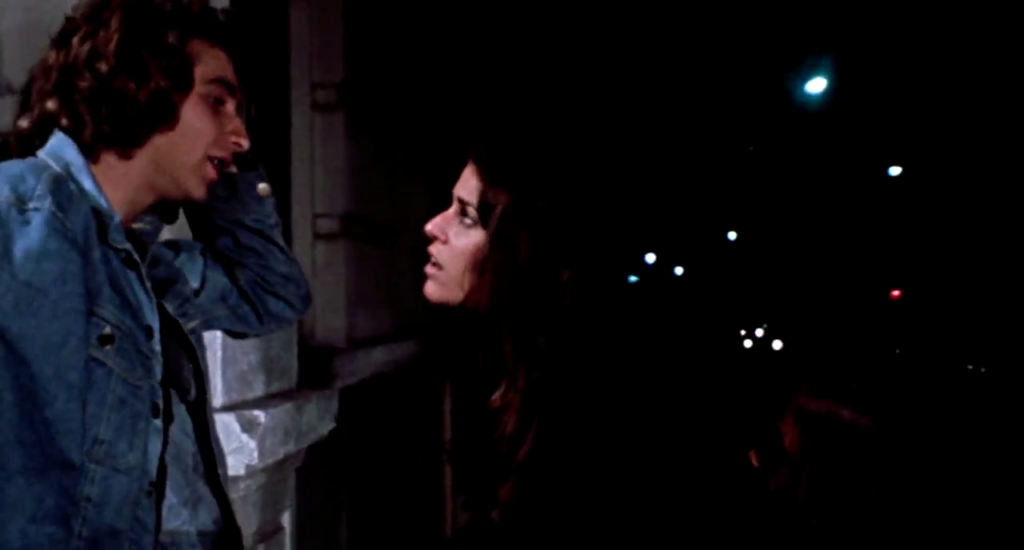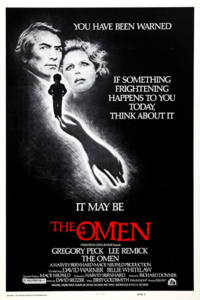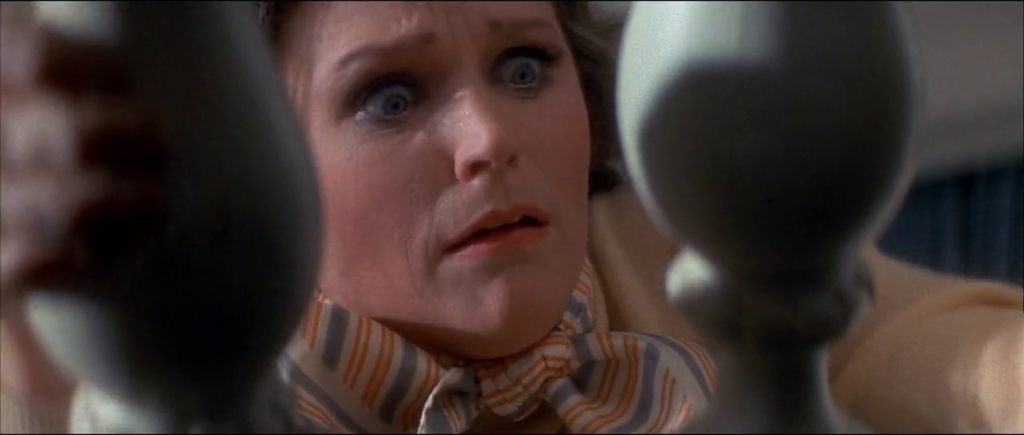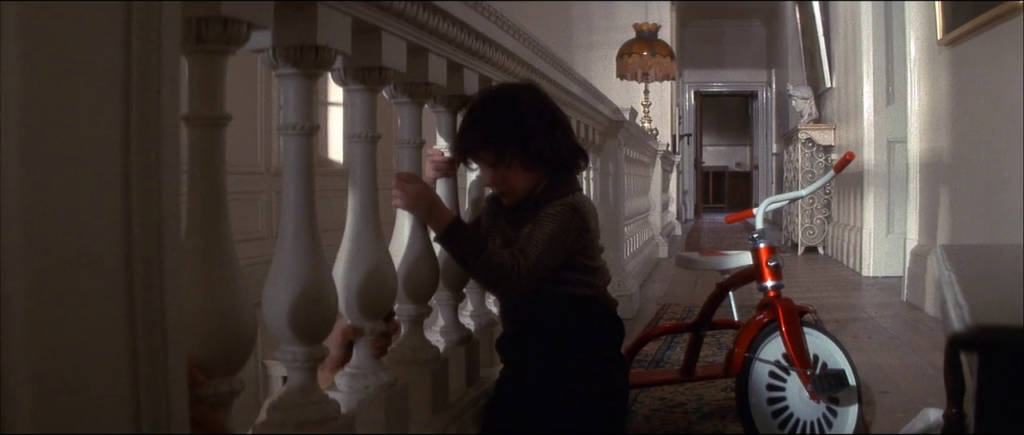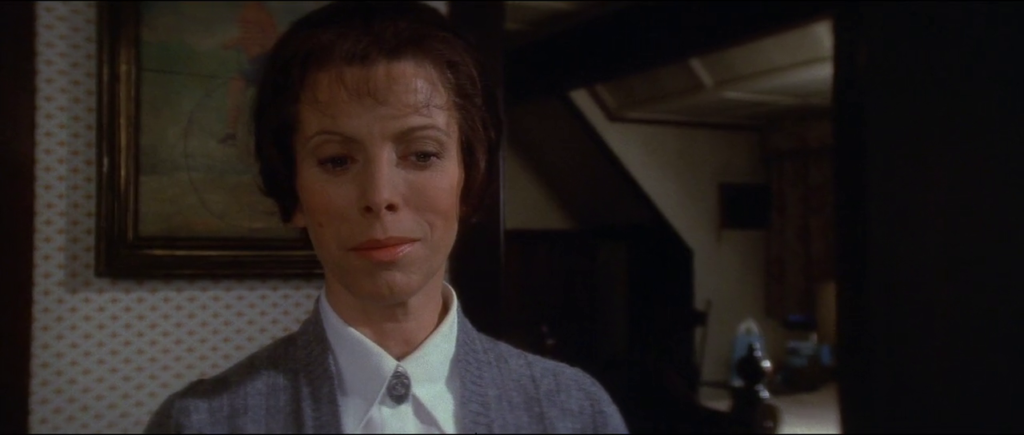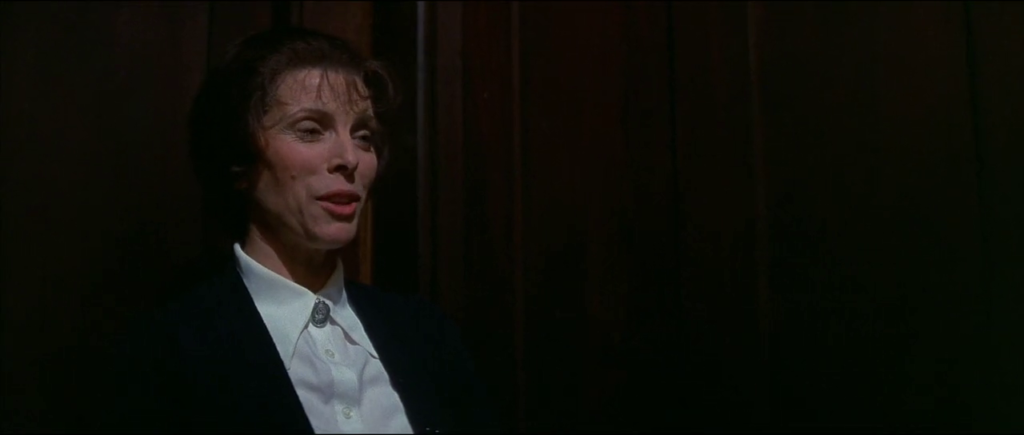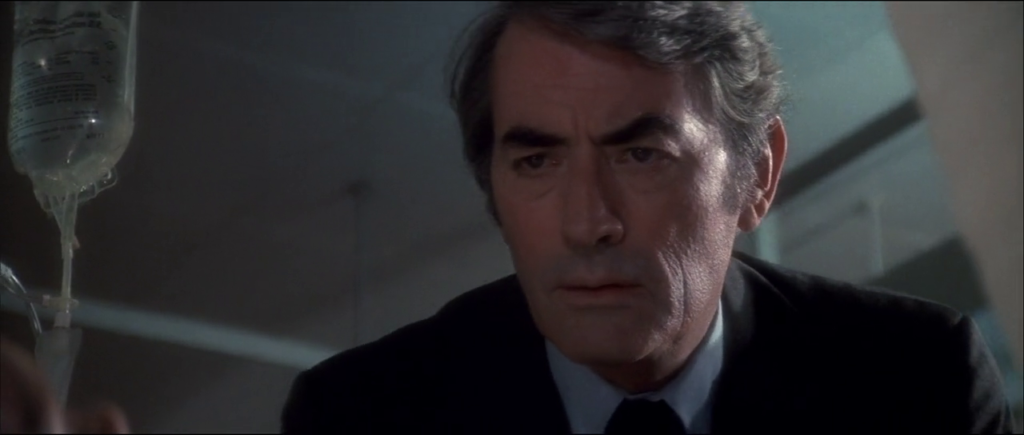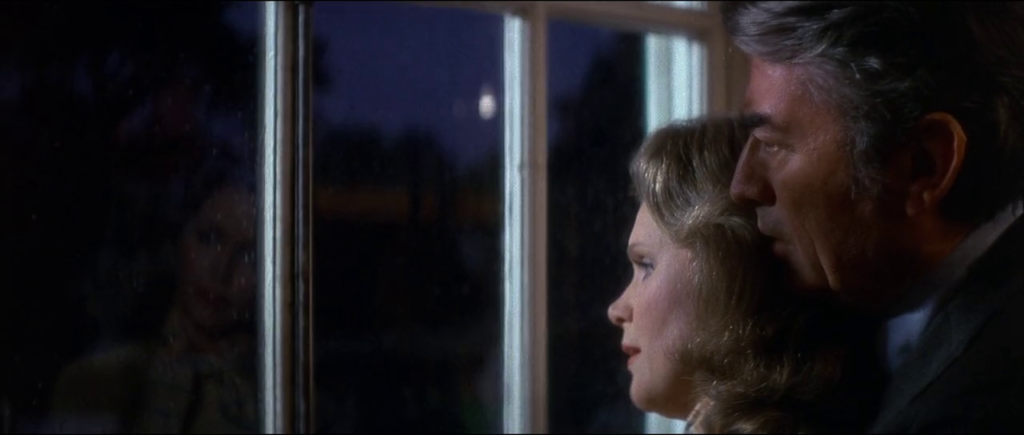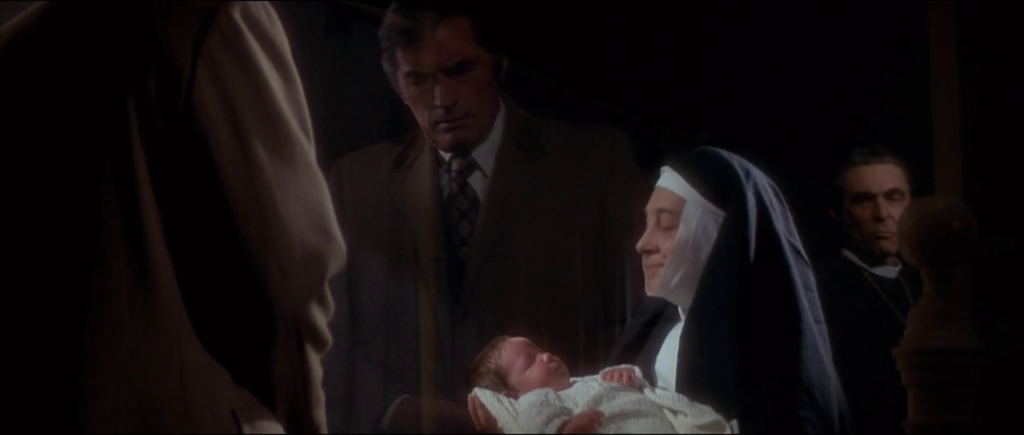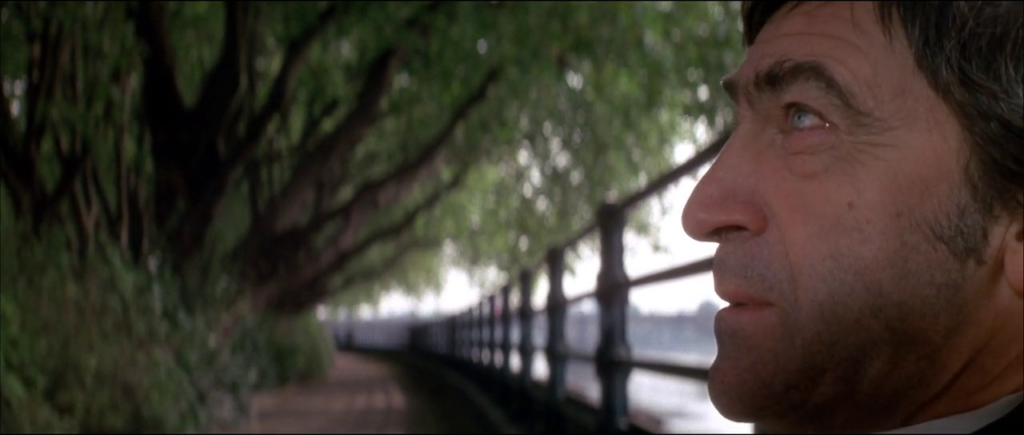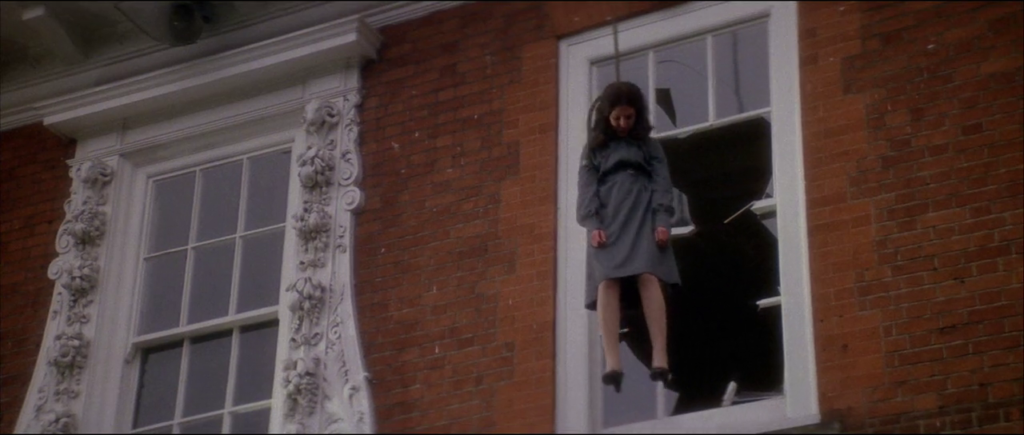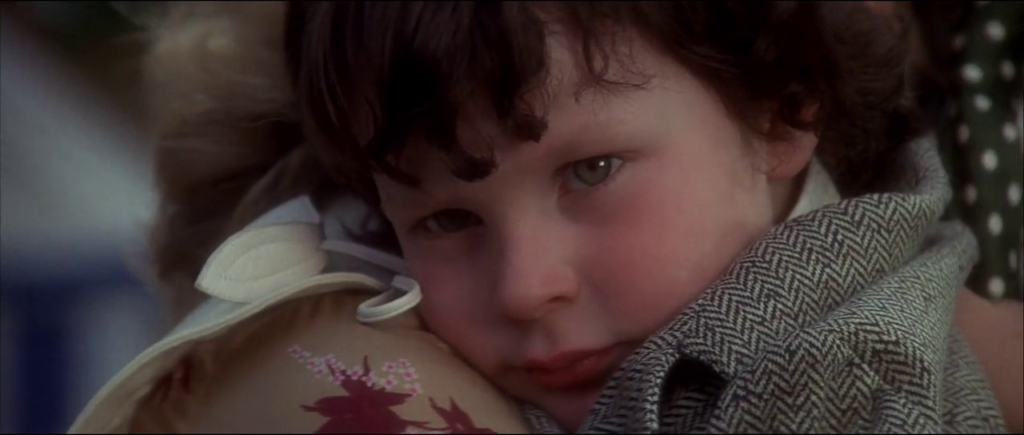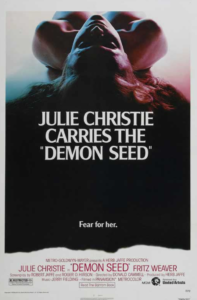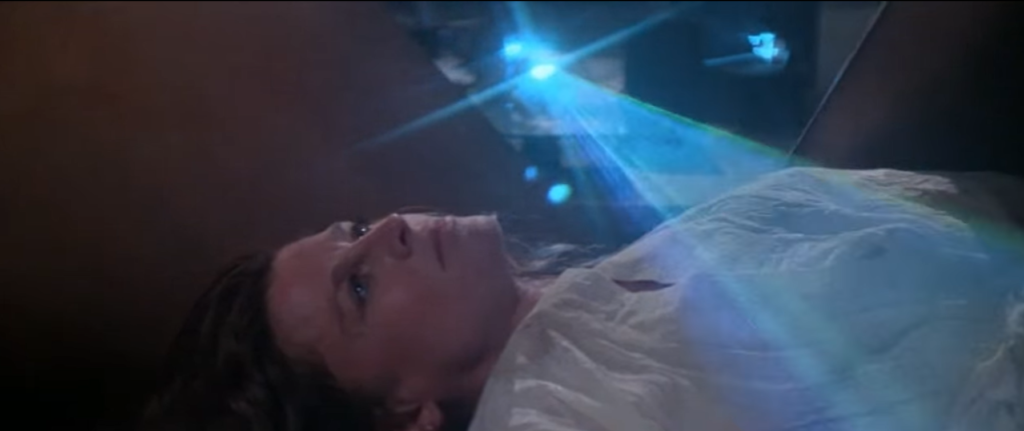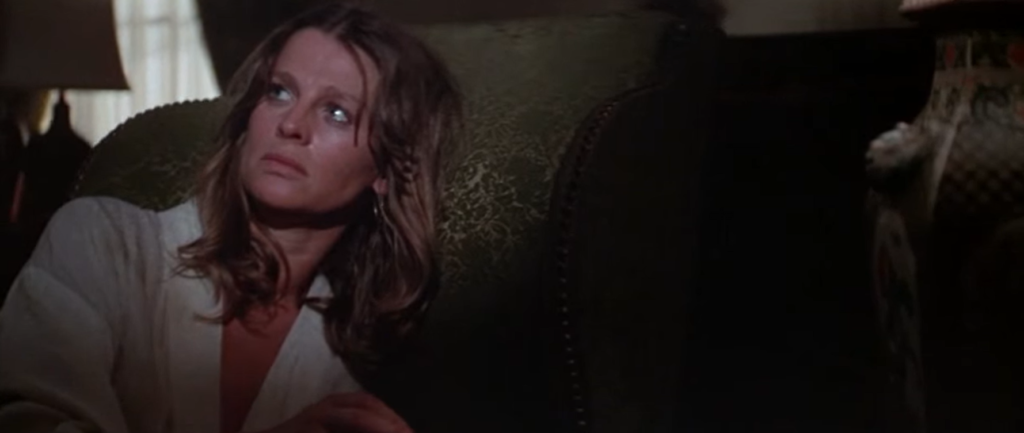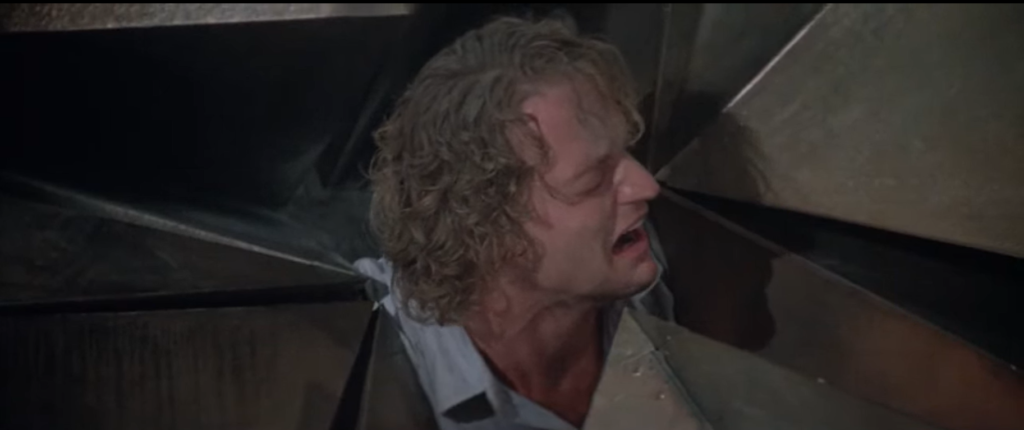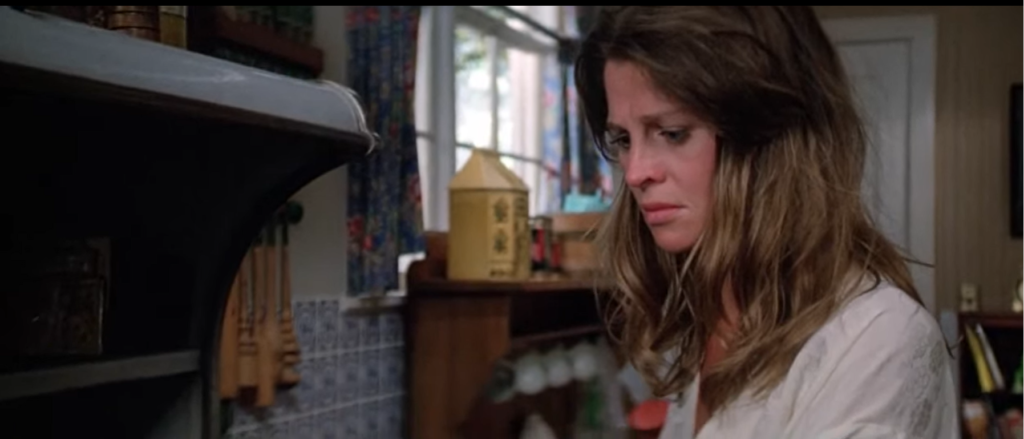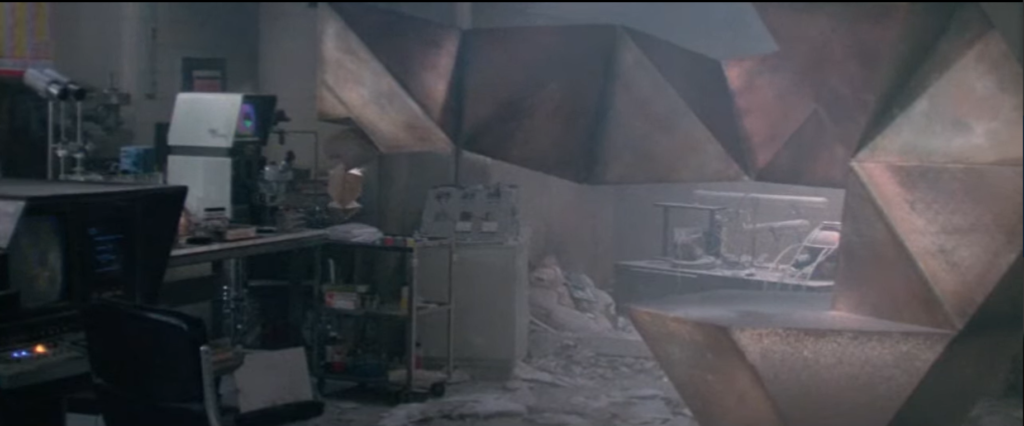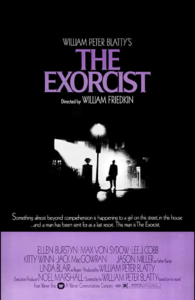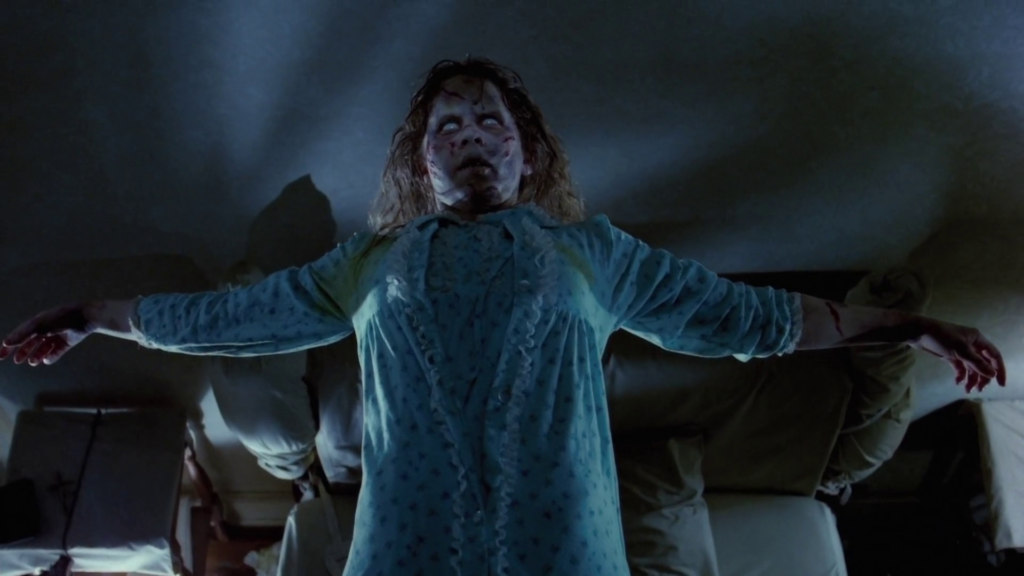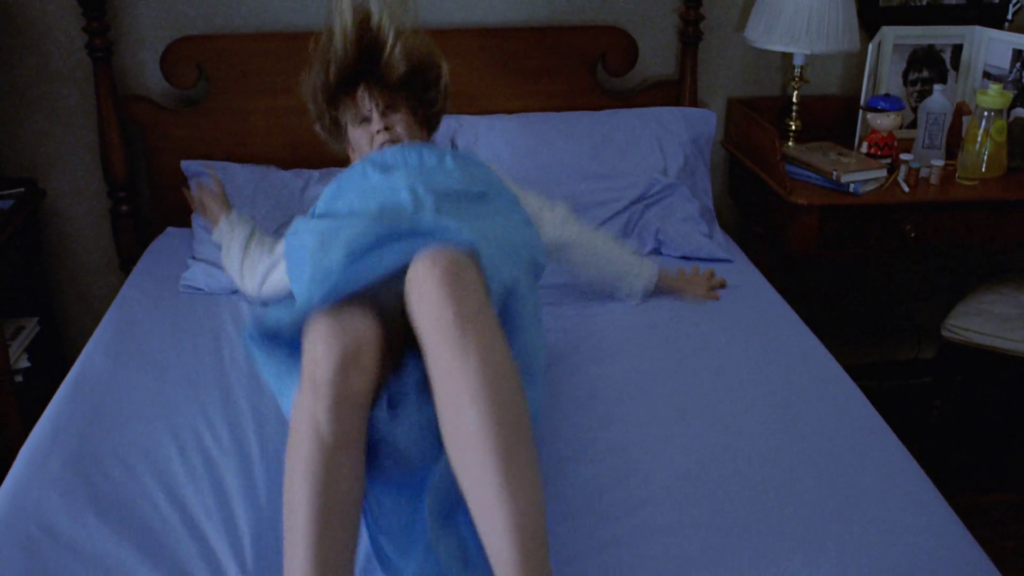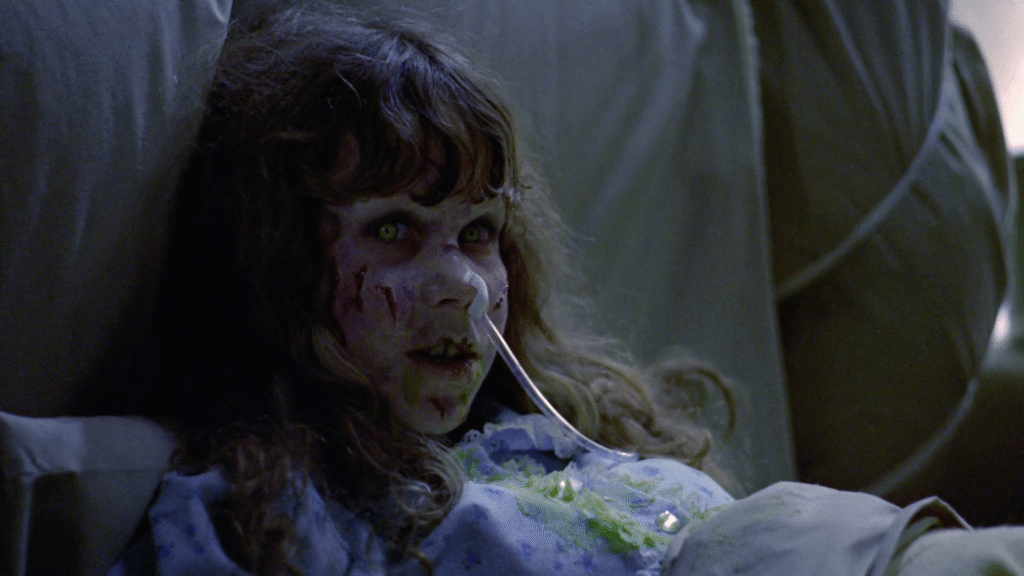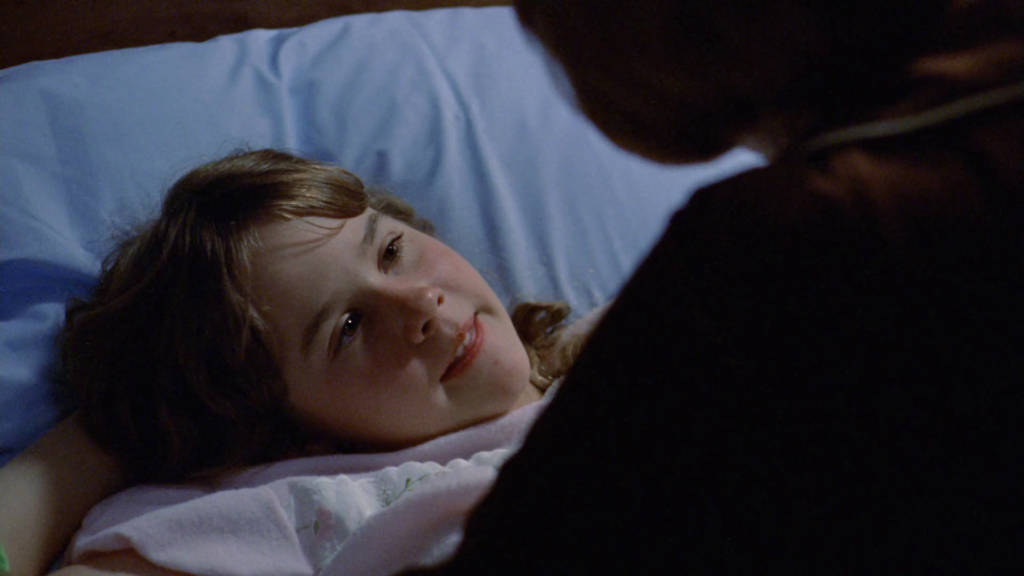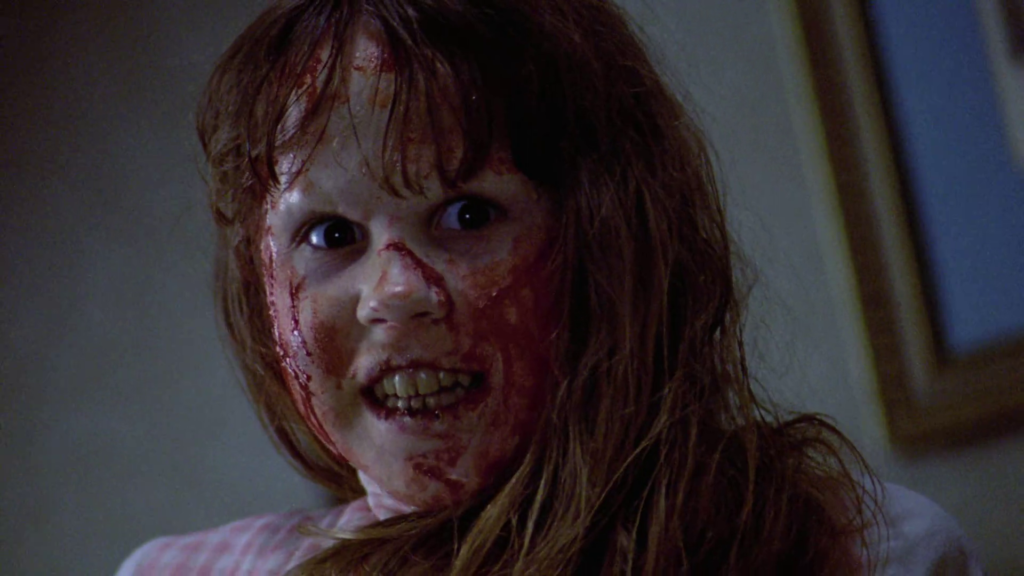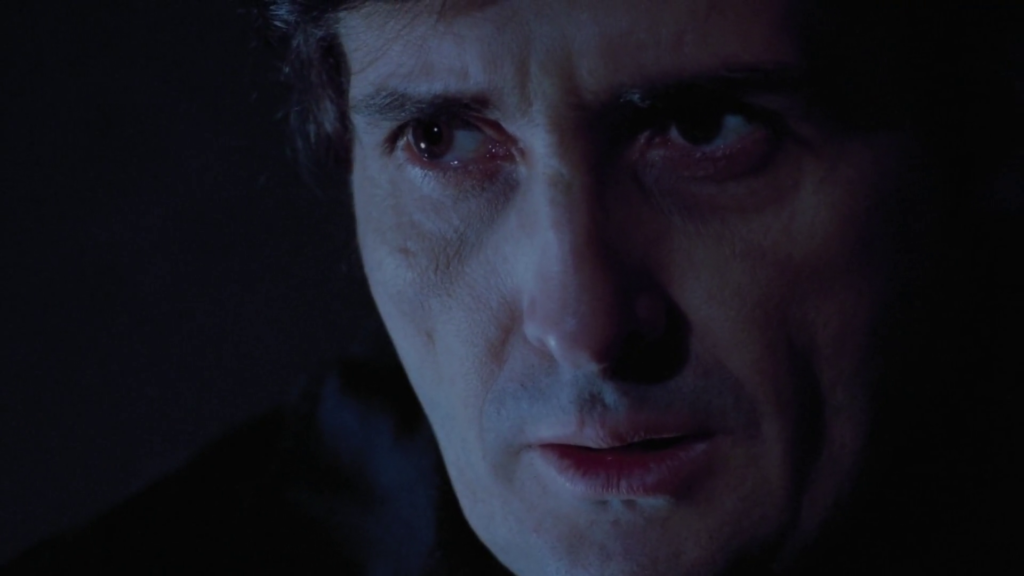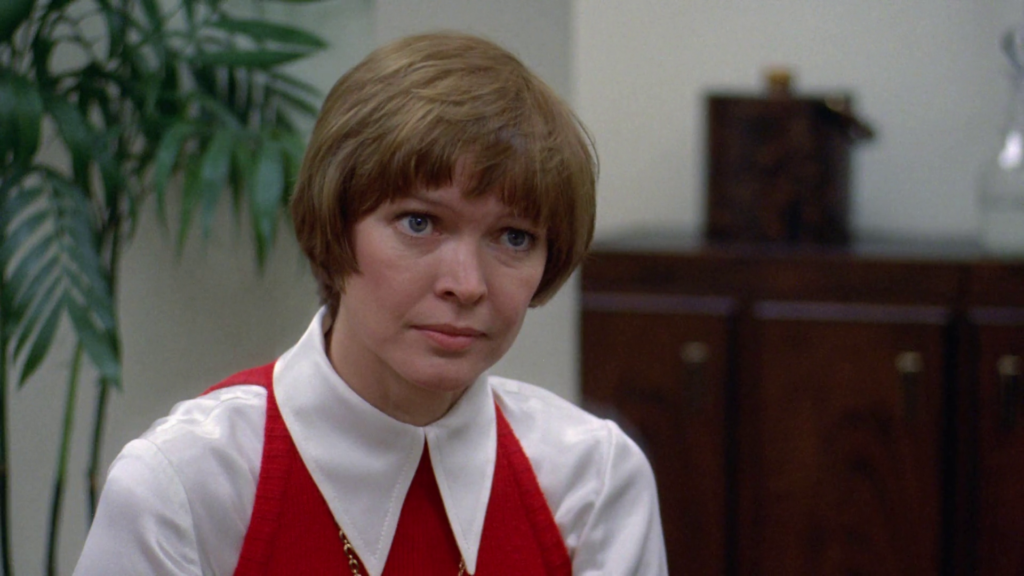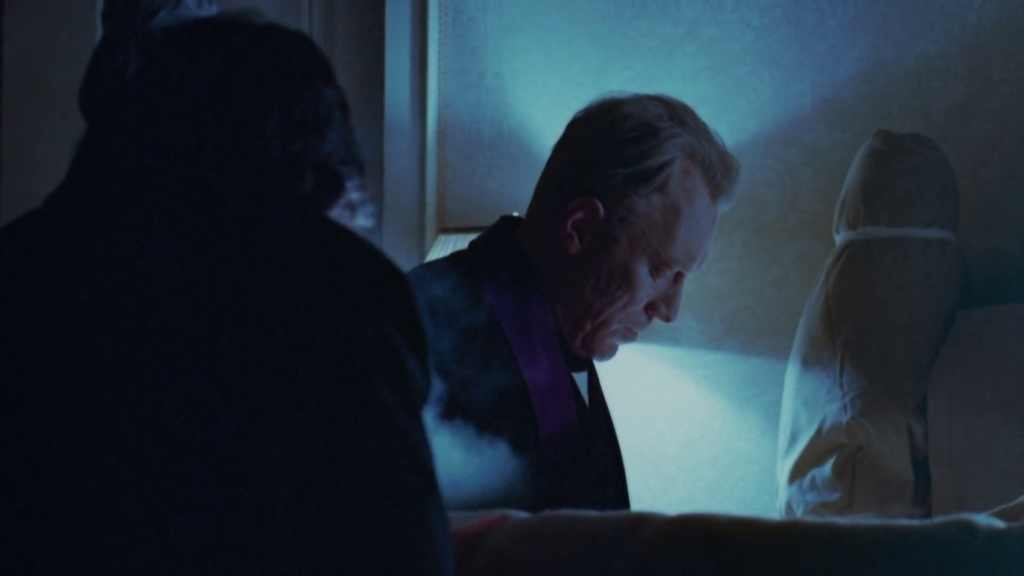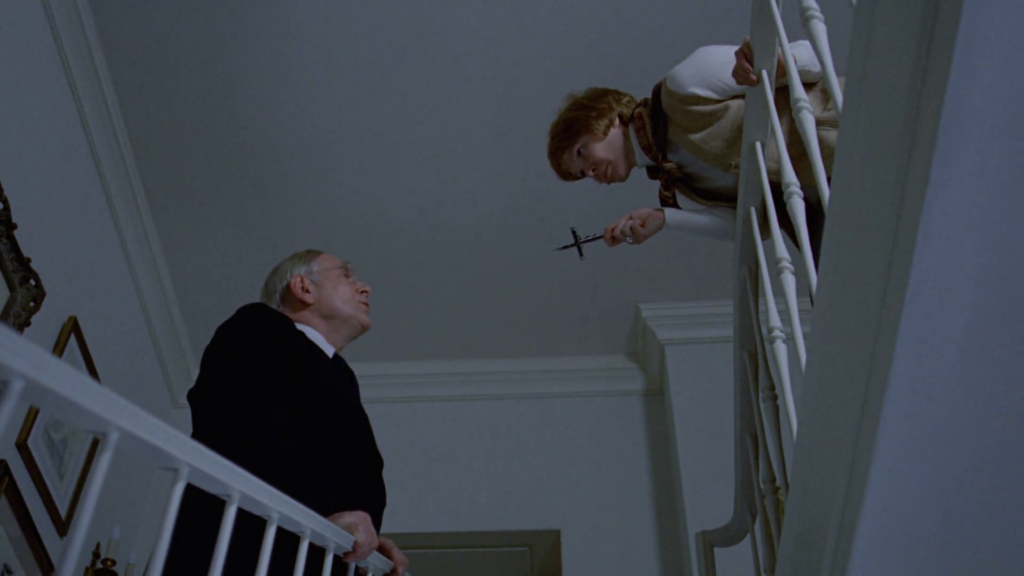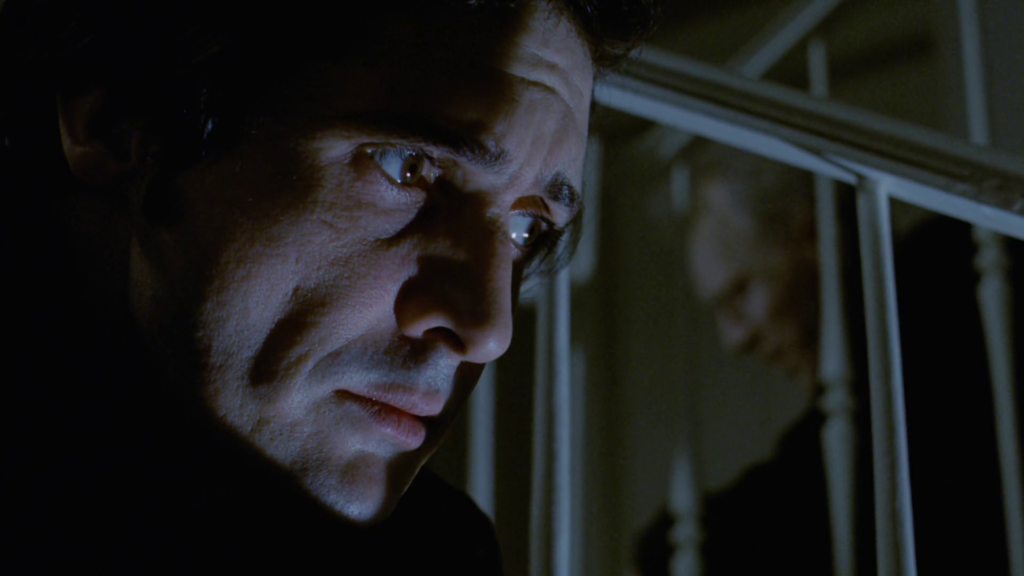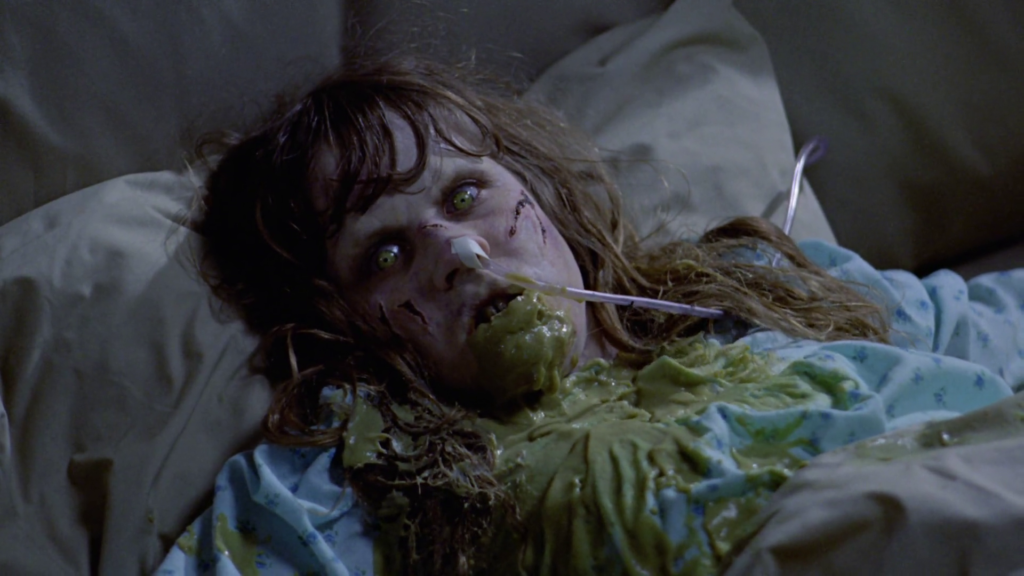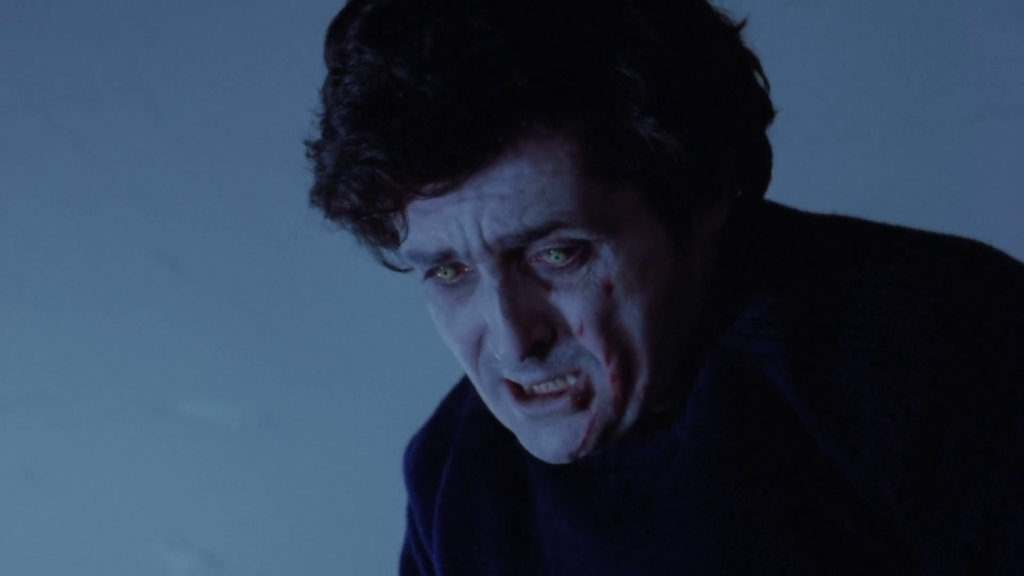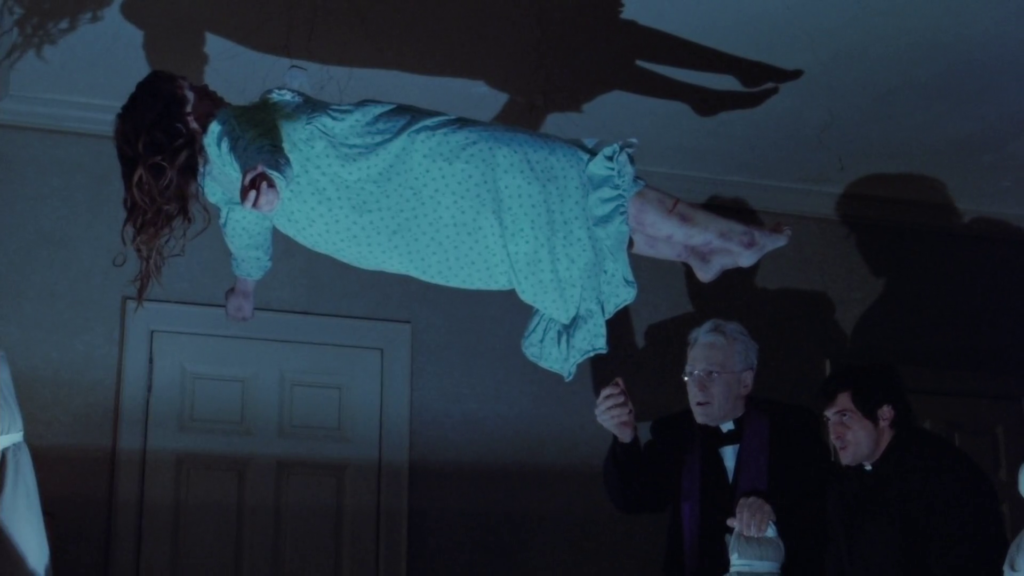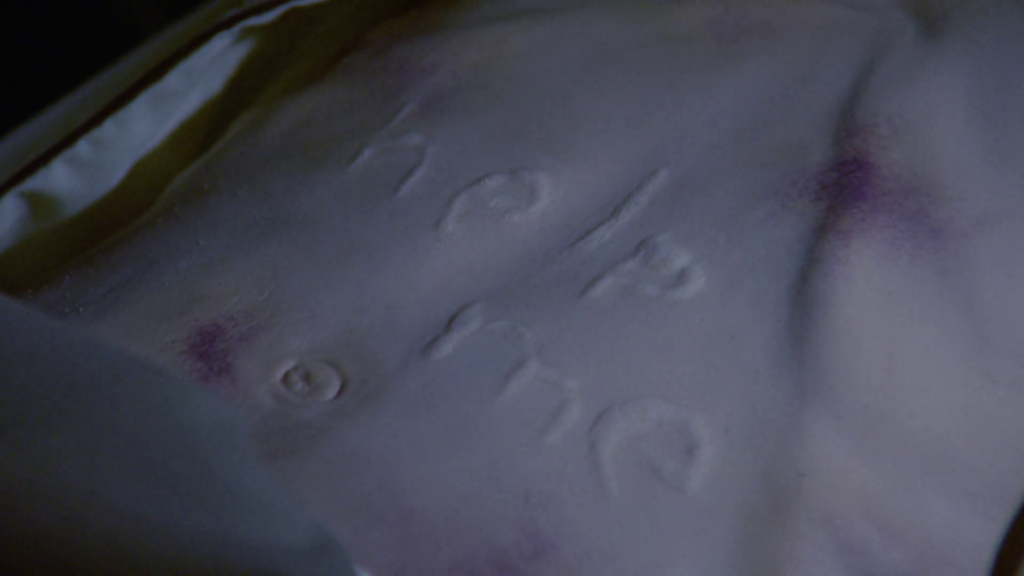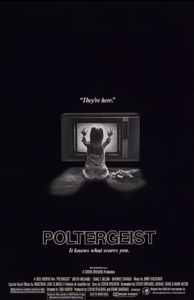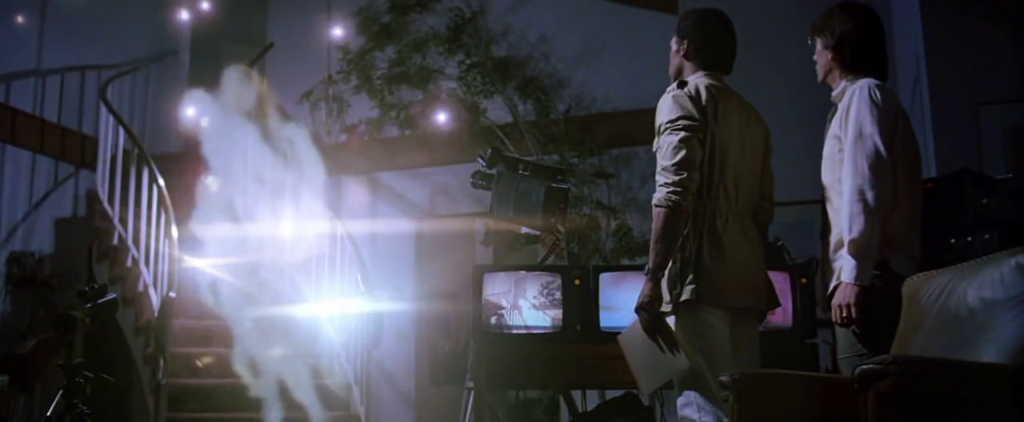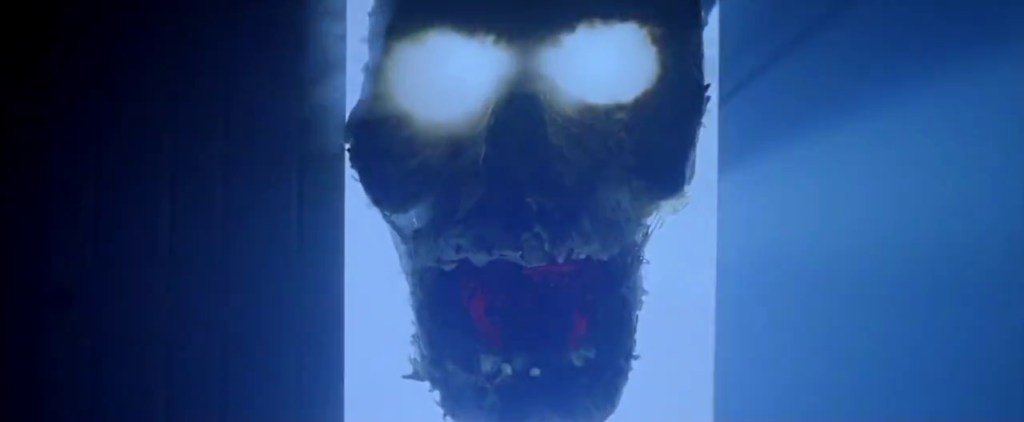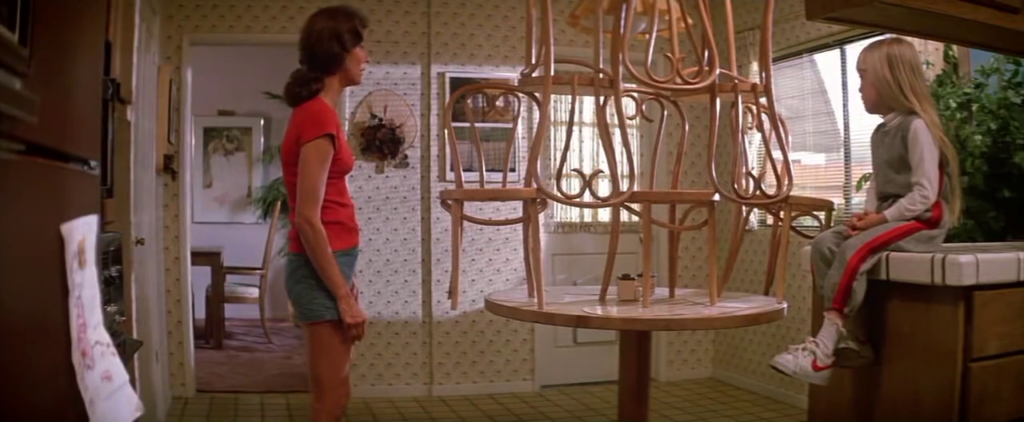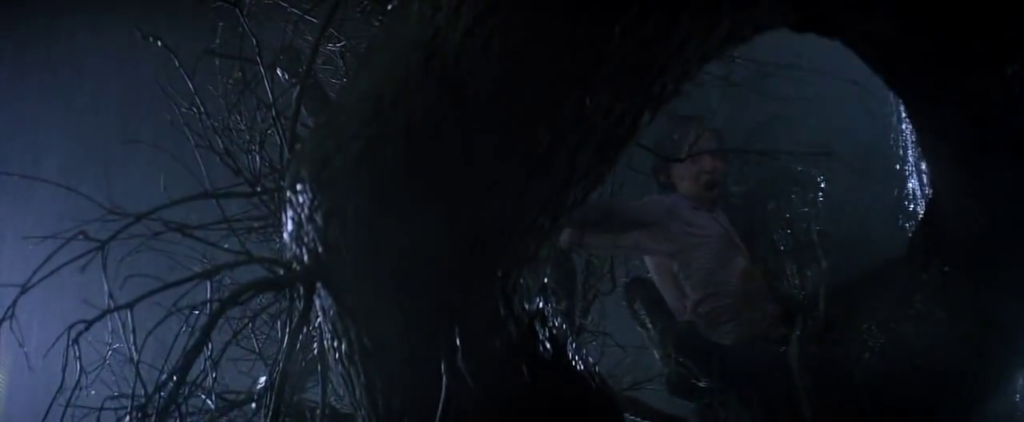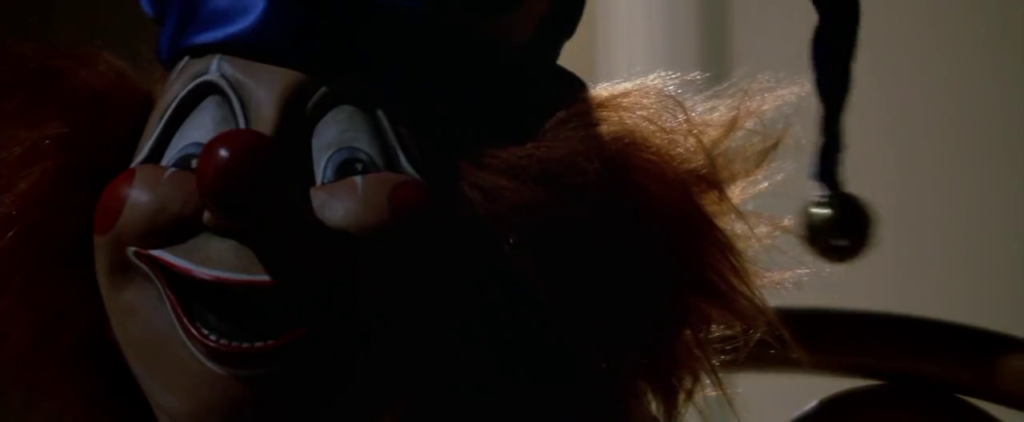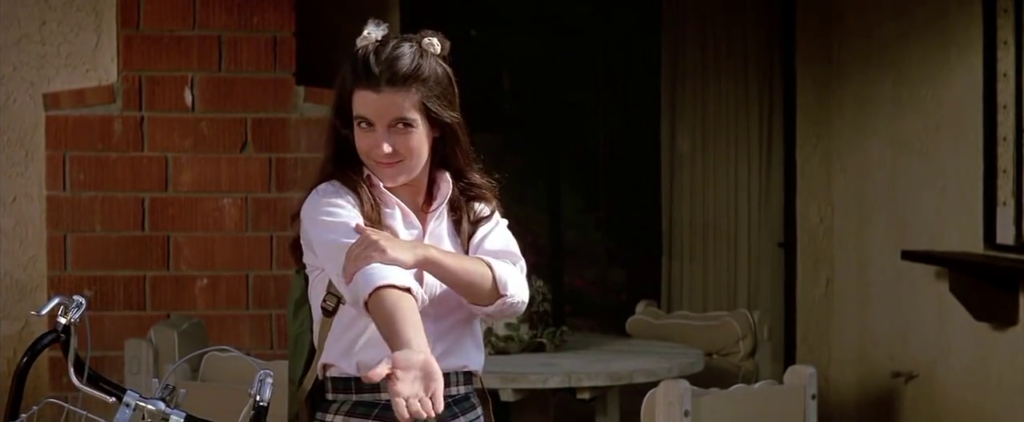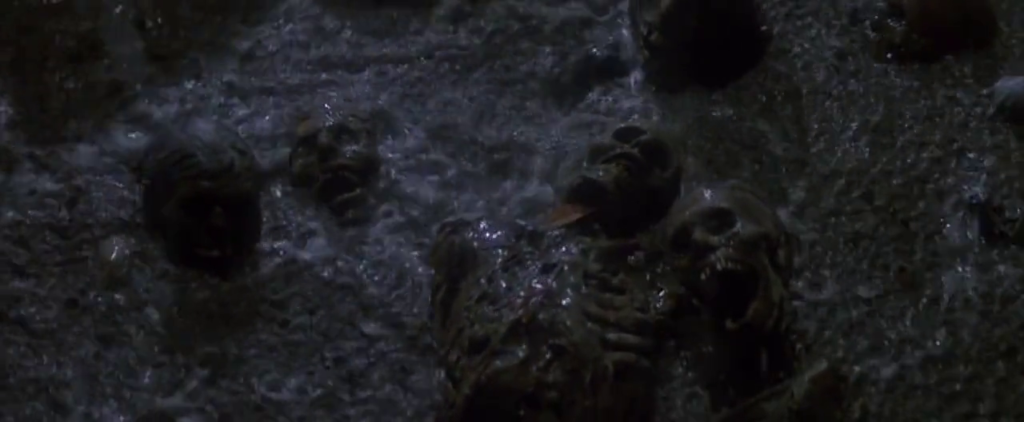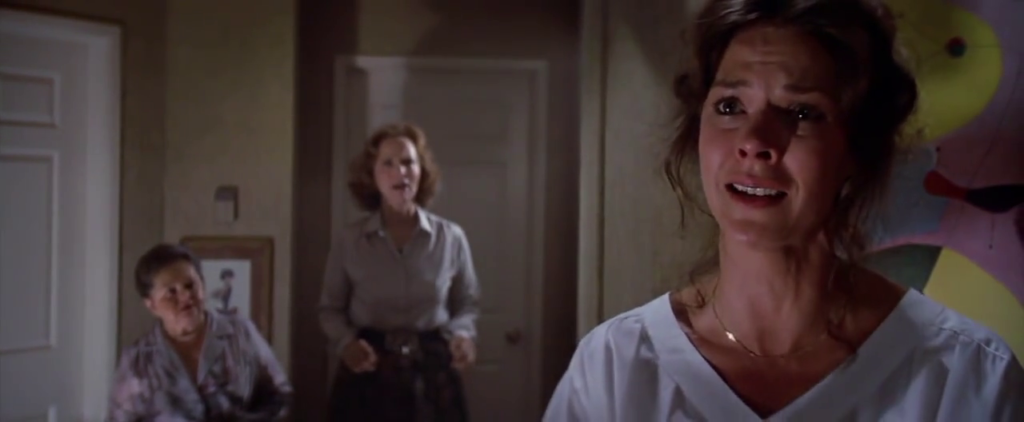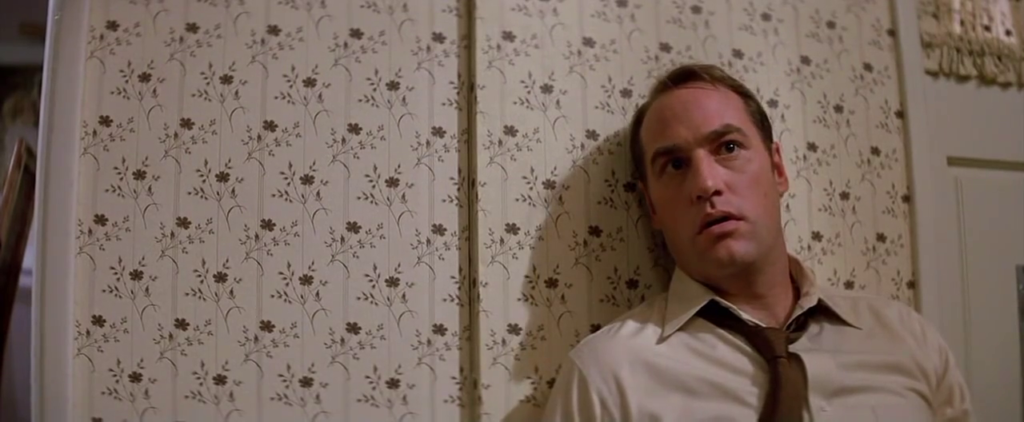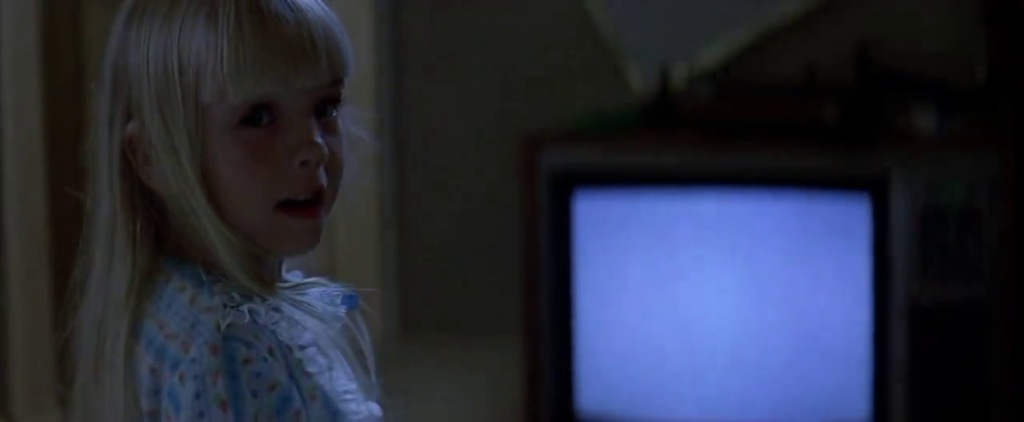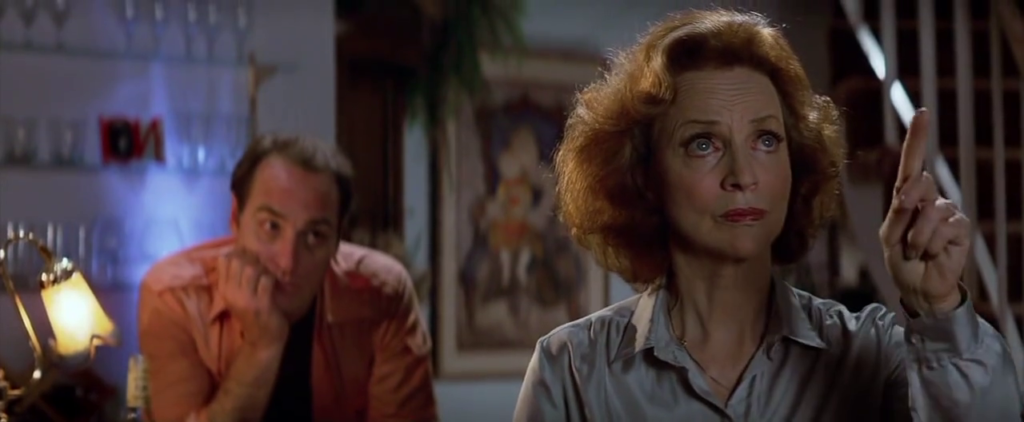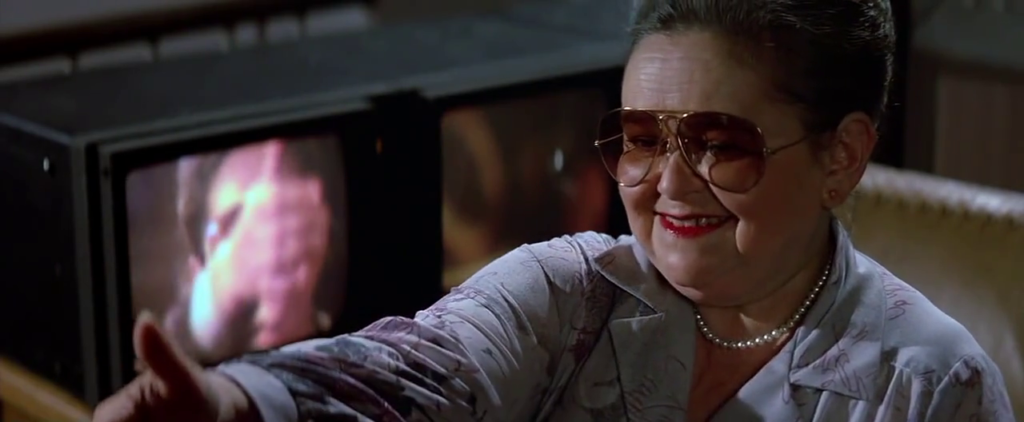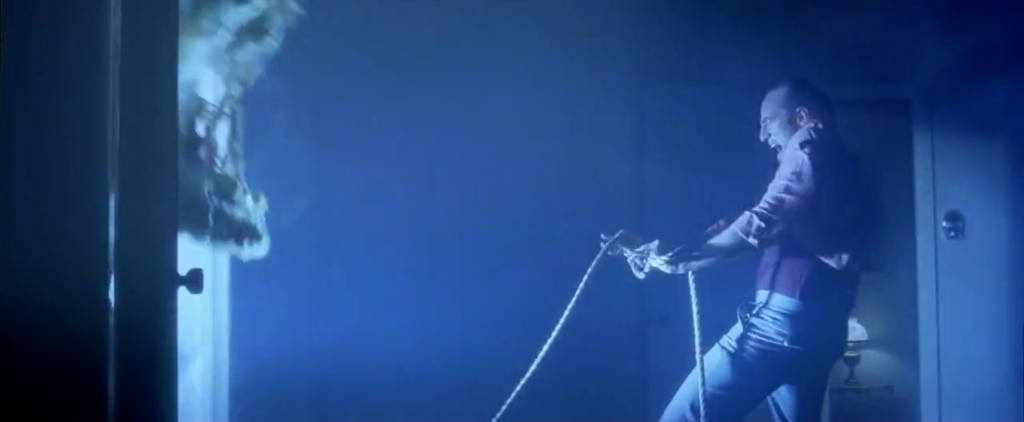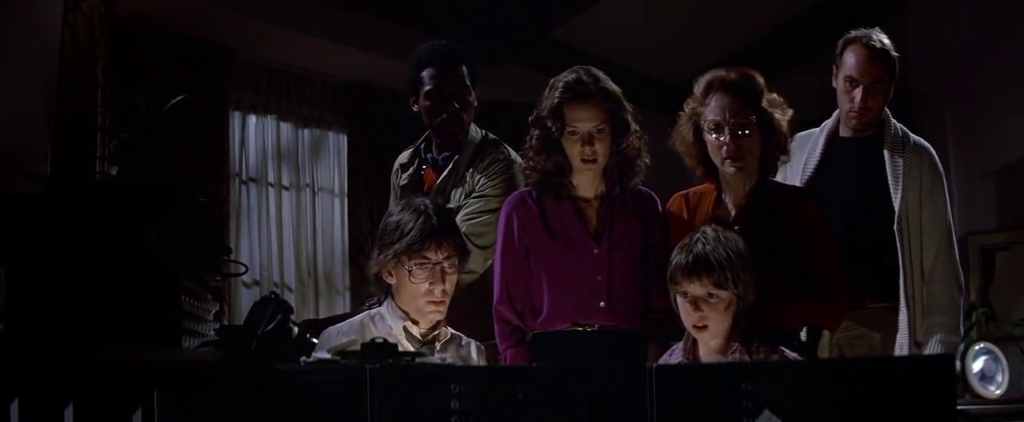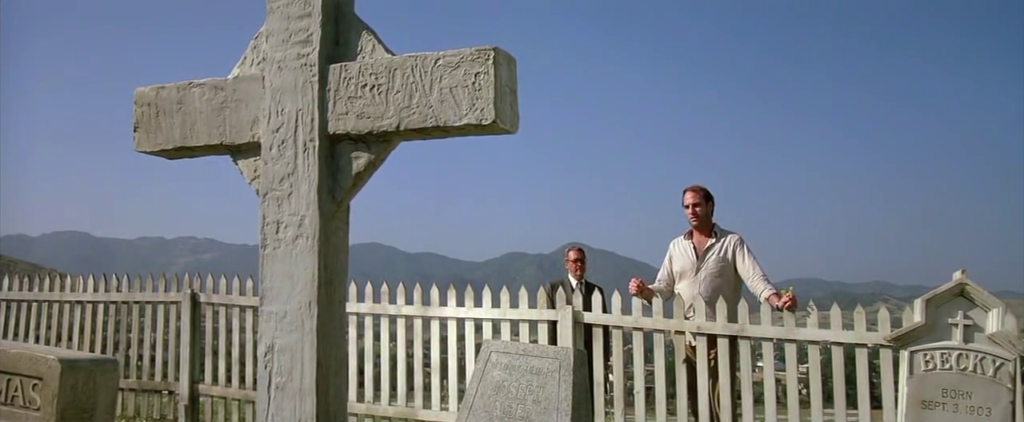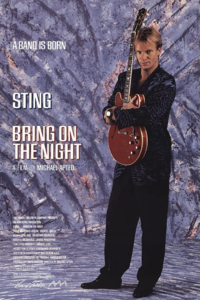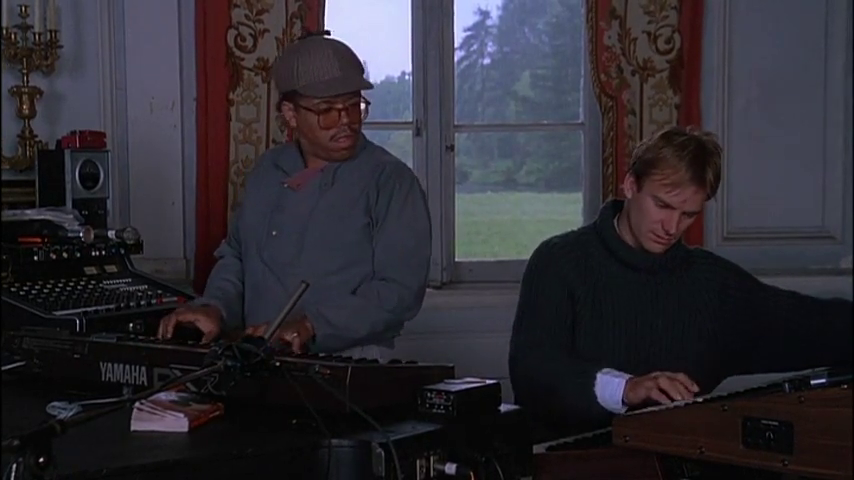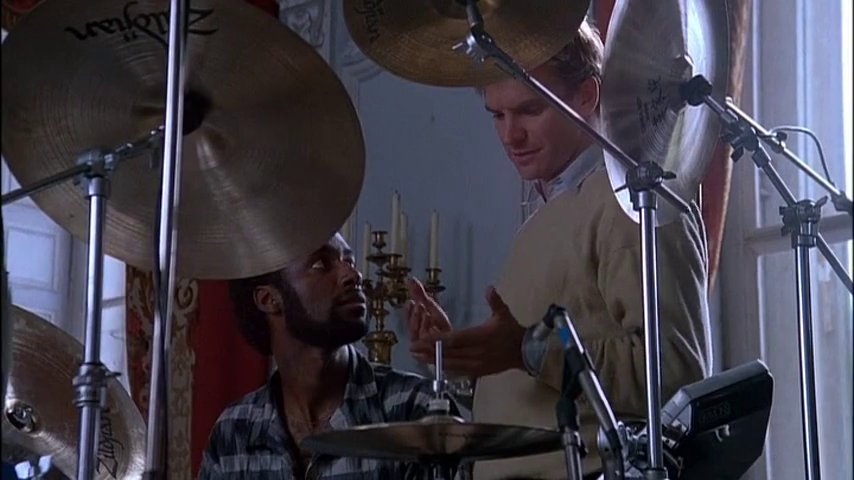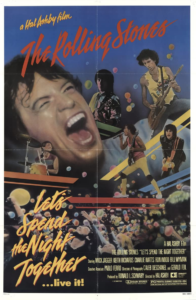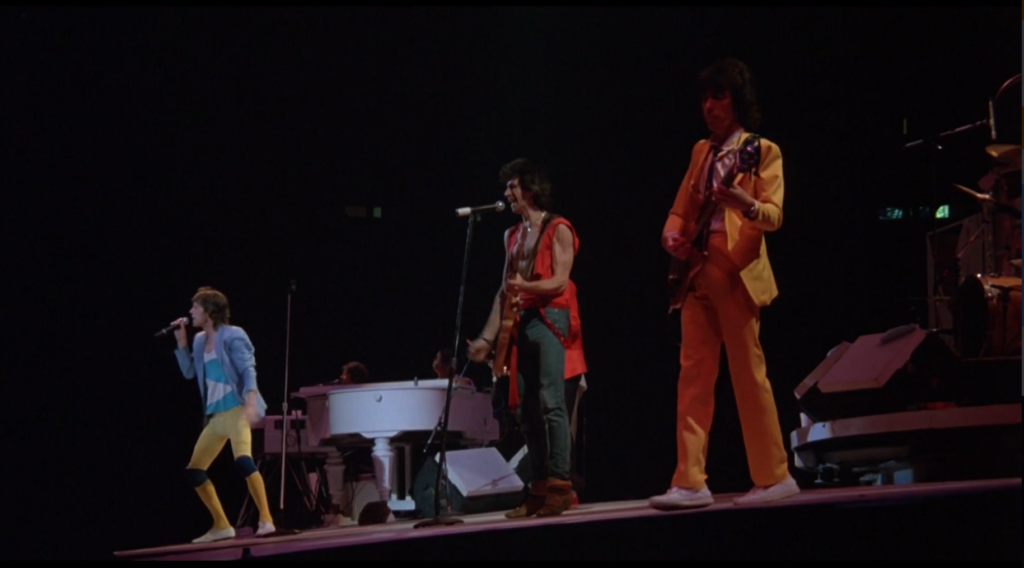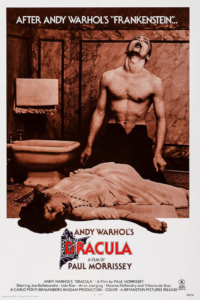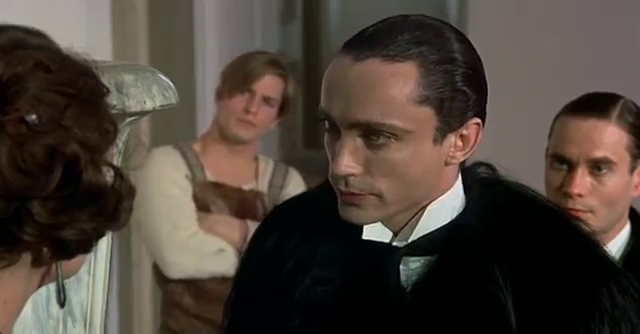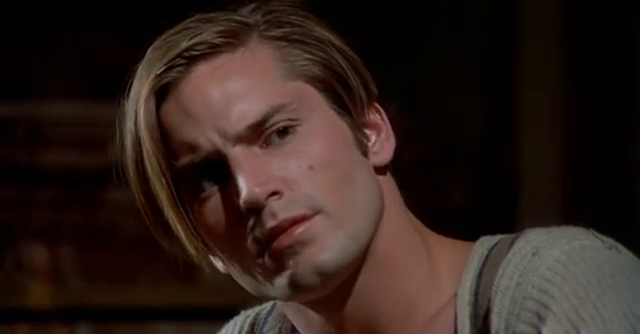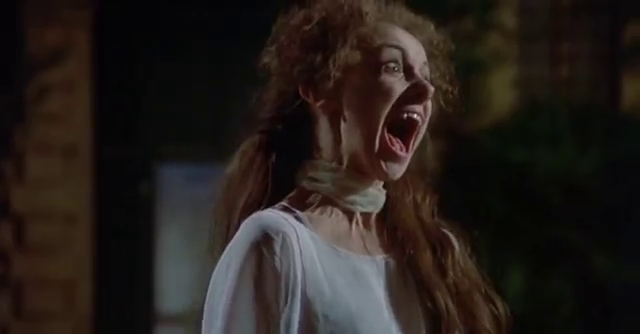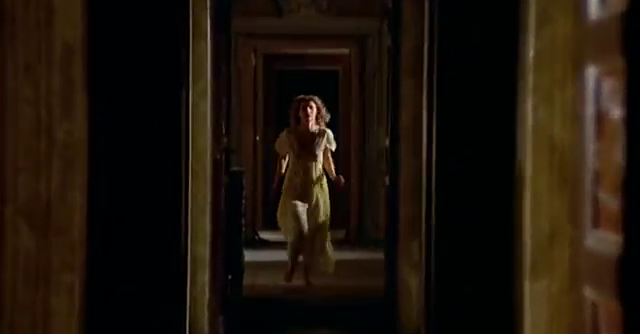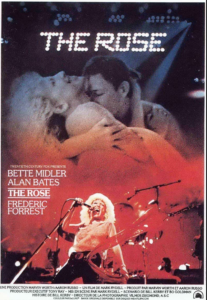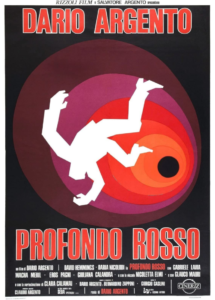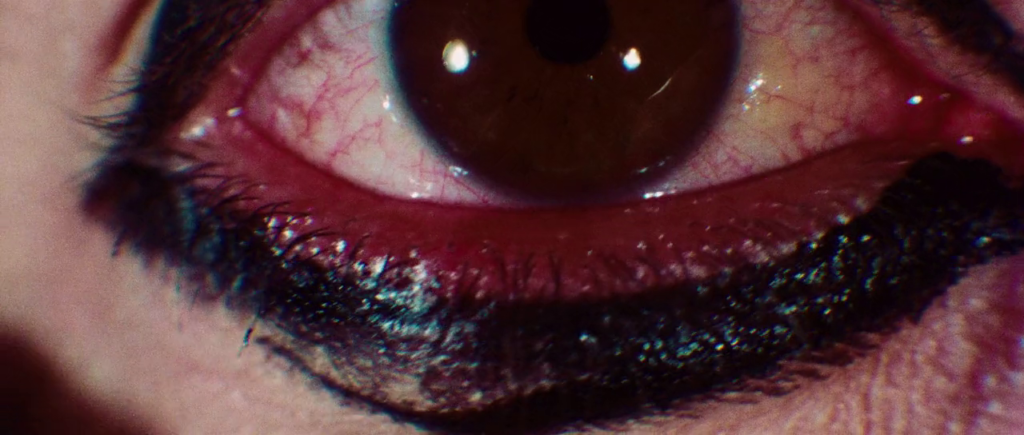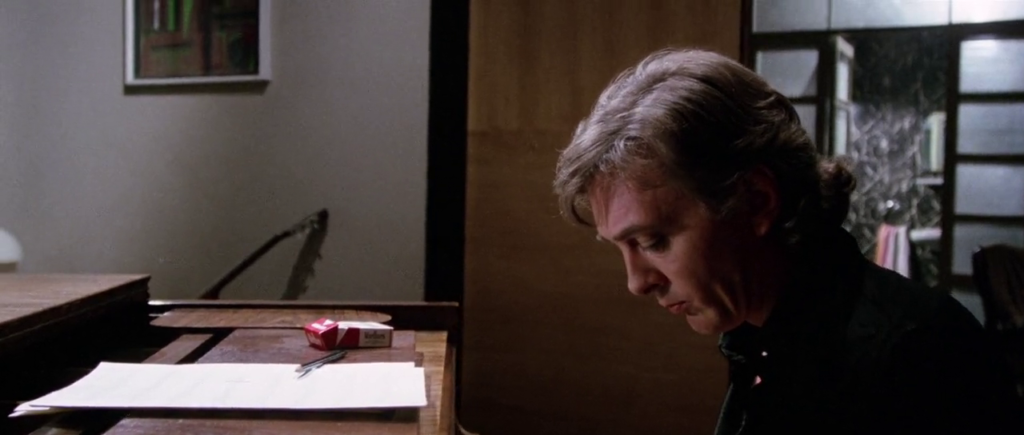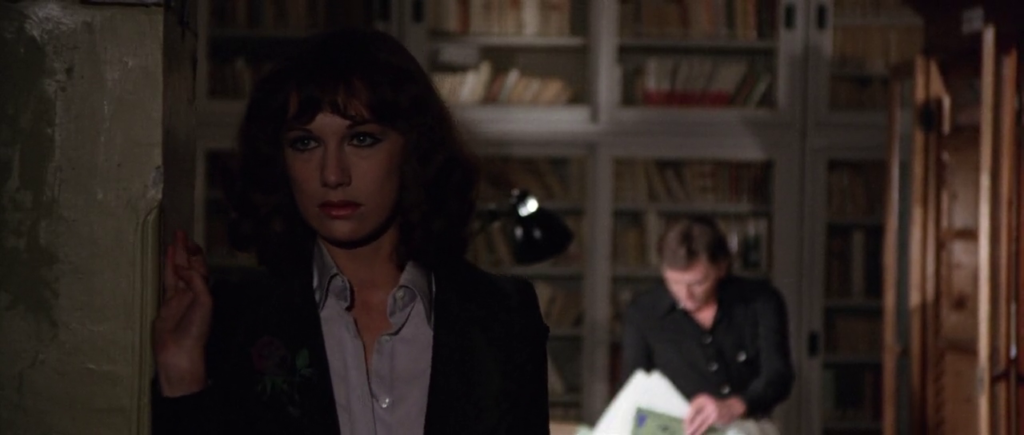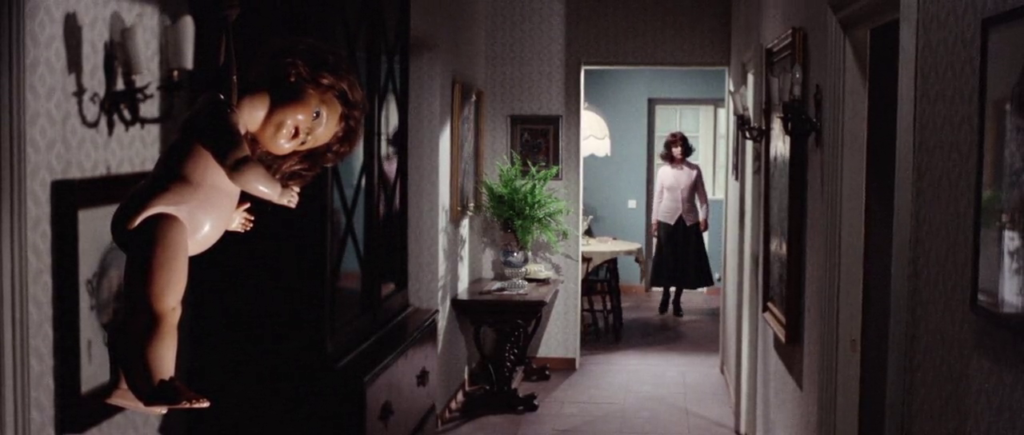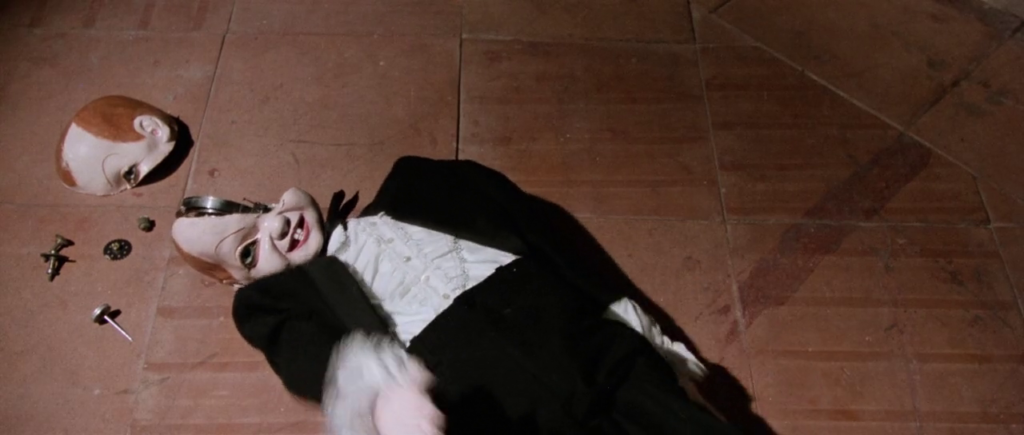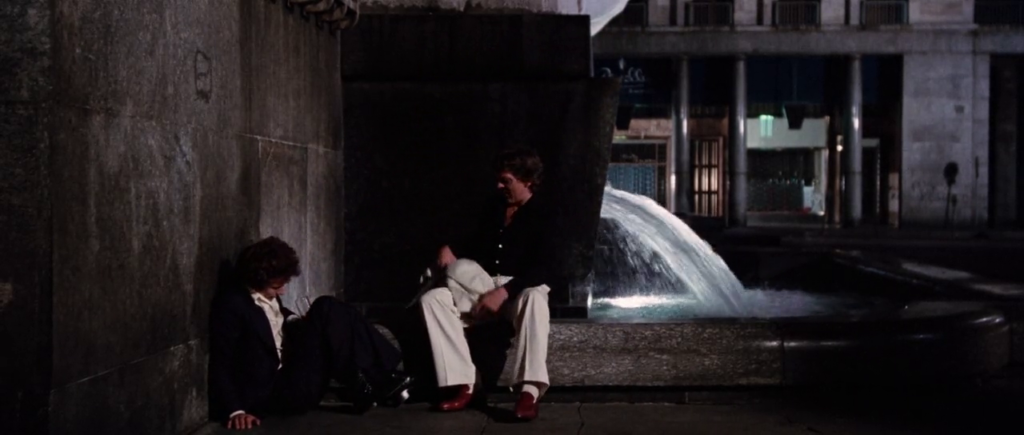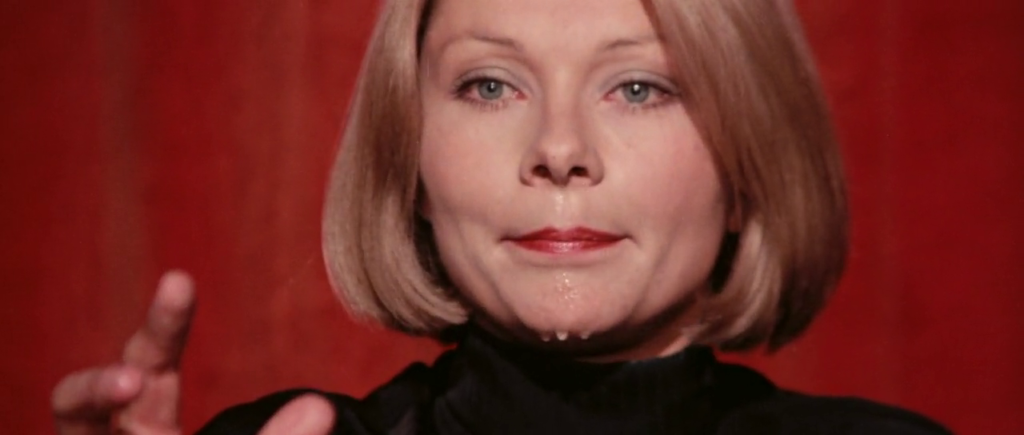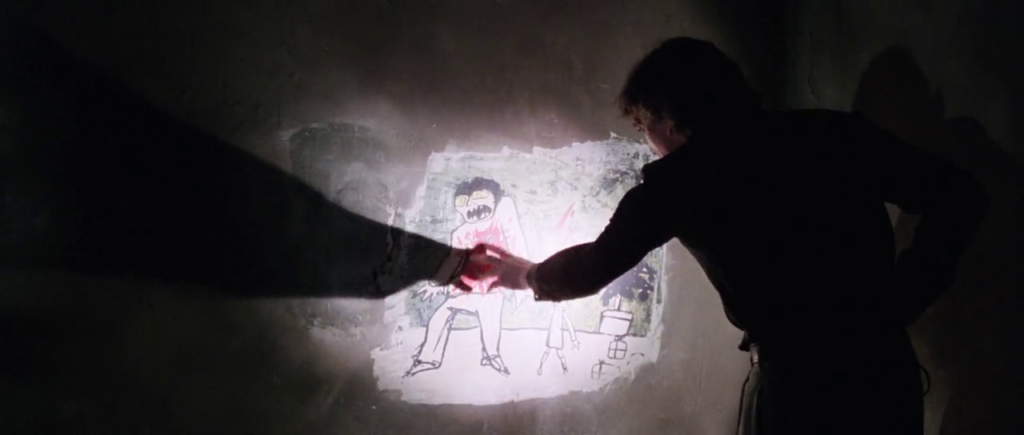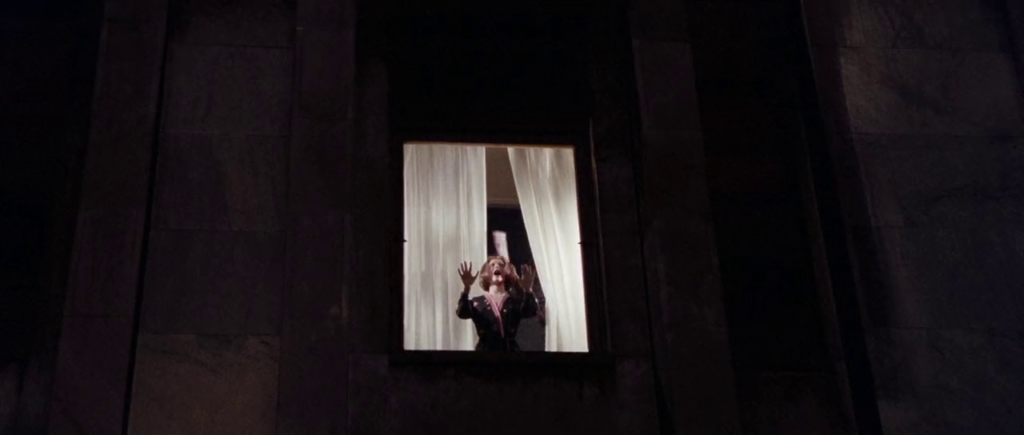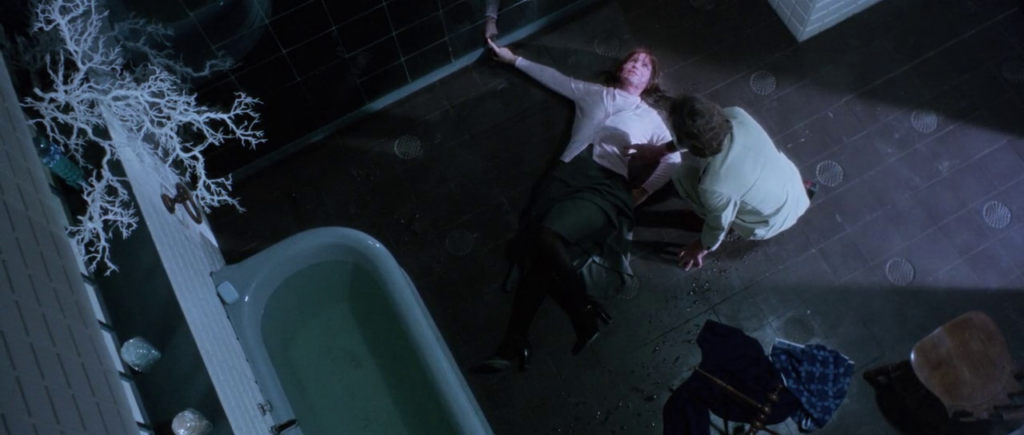|
Genres, Themes, Actors, and Directors:
- Alan Bates Films
- Bette Midler Films
- Downward Spiral
- Fredric Forrest Films
- Harry Dean Stanton Films
- Singers
Response to Peary’s Review:
Peary’s strongly worded review of this film — which chronicles “the last days in the life of a fictional rock superstar… patterned on the ill-fated Janis Joplin” — put me off from watching it for years. He opens by writing, “Some day a money-mad producer will make a film about the last days of John Belushi; it will be about as unenjoyable as this film”, and later he adds that “this film is for masochists only”. He writes that “it’s hard to watch one awful thing after another happen to Midler: not only is she self-destructive, but everyone she trusts lets her down, walks out on her, or exploits her.” He posits that “the movie should have been about an hour shorter,” but since “the filmmakers weren’t satisfied having individuals hurt Midler just once”, they “bring them back to hurt her again”. He concedes that “Midler gives a great performance and does a terrific job singing rock songs (as well as the haunting title ballad),” but has nothing else positive to say.
While I’m in agreement (of course) that this film offers up a deeply distressing narrative — it’s not one to watch when you’re in the mood for something light-hearted — I disagree with Peary’s framing. Midler’s character — a “vulnerable, burned-out singer who is loved by her fans but suffers loneliness because she hasn’t a man to love and protect her”, and thus “drinks heavily, takes too many drugs, and picks up men” — is clearly a complex individual who makes life challenging for those around her. The moment she first speaks harshly to Forrest is truly shocking:
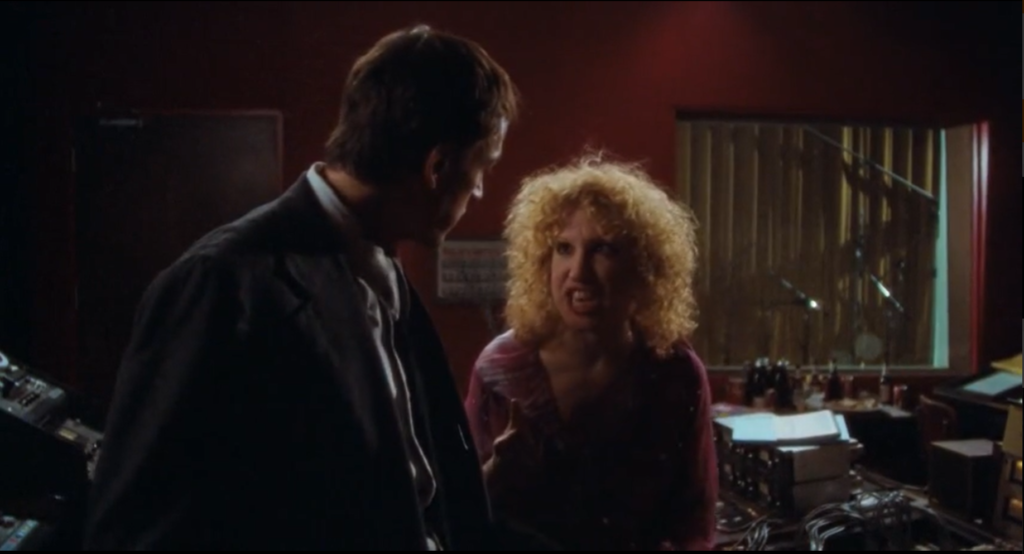
She causes him to flee in (rightful) self-preservation to a nearby male-only bath-house, which Midler enters without hesitation:
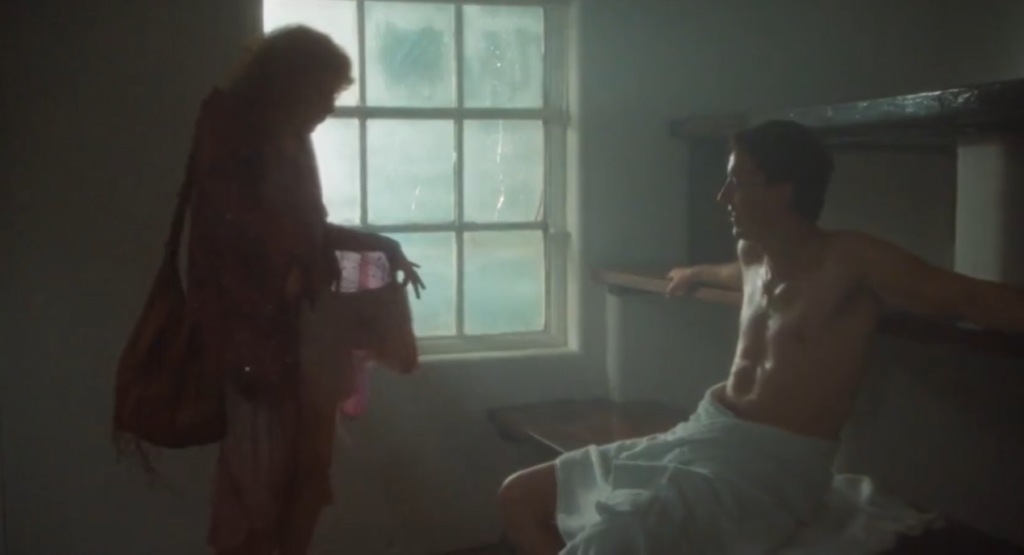
The Rose’s life is shown as an endless and exhausting push and pull between her tentative acceptance of love and joy, and her fears that she’s not worthy, thus leading her to make bad or misguided choices time and again. Underlying all is her seriously dysfunctional and co-dependent relationship with short-sighted Bates, who doesn’t seem to realize that all humans need periods of rest and recovery to stay functional and (ahem) money-generating.

Forrest, meanwhile, is an admirably complex character — someone who is living out his own secret life of rebellion, and has “hangs-ups of his own”.
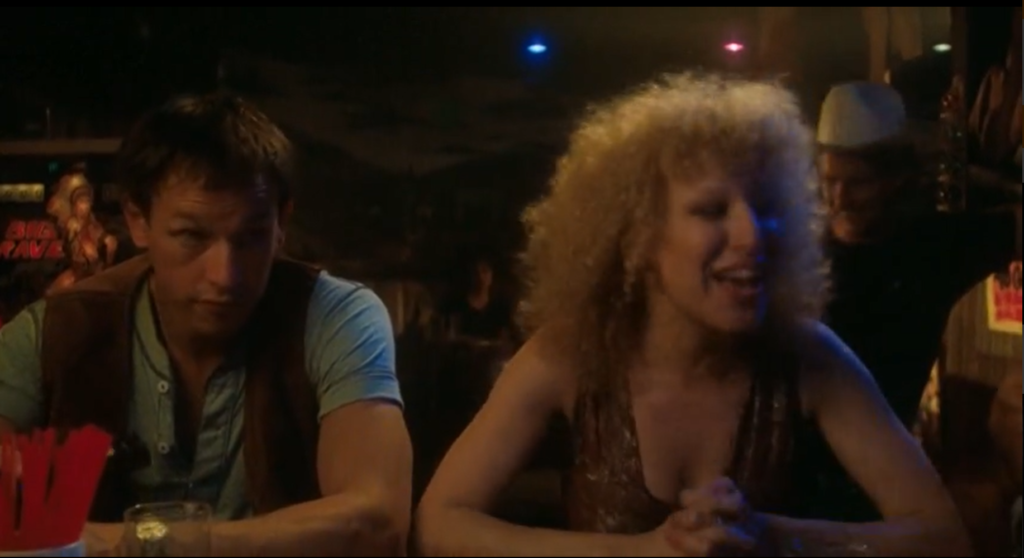
Thankfully, David Keith’s kind soldier-turned-bodyguard:
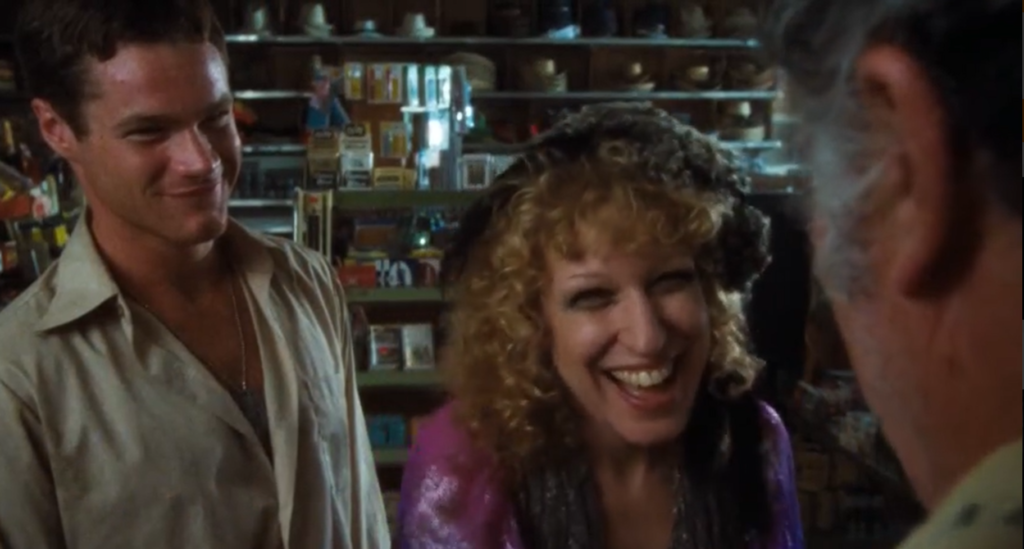
… serves as welcome relief from the litany of troubled and/or malicious men Midler encounters — including Harry Dean Stanton in a bit role early on as a mean-spirited musician.
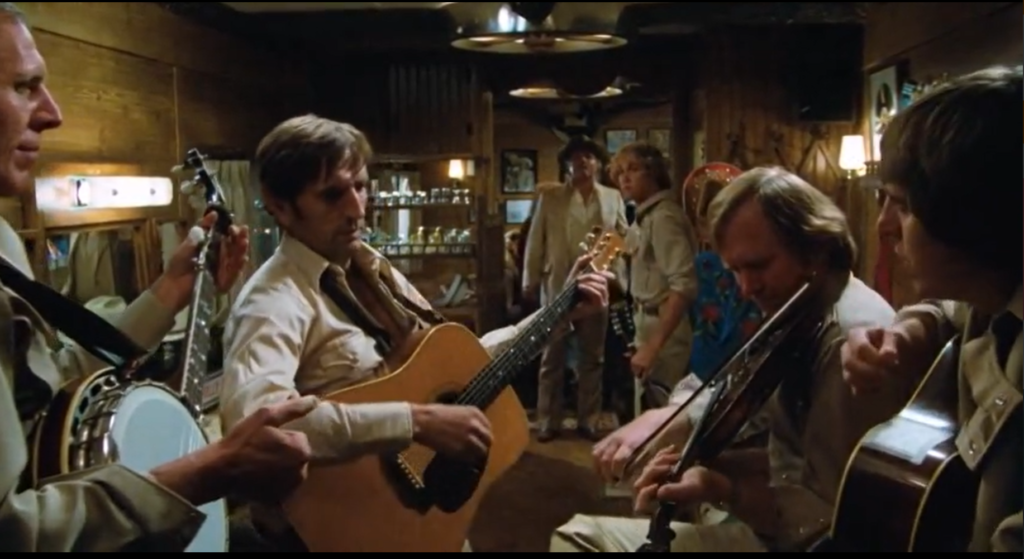
Peary also neglects to discuss how beautifully filmed this picture is (especially evident in Blu-Ray). Director Mark Rydell, working with DP Vilmos Zsigmond, presents a vibrantly saturated world of concert halls, bars, and various other locales, including Midler’s economically depressed home-town.
Meanwhile, Midler’s performance really is spectacular: her Oscar nomination was deserved, and it’s too bad she never had a chance to shine like this (cinematically-speaking) again. She plays every single scene she’s in (which is many or most) as though she’s living out the Rose’s heartbreak, exhaustion, insecurity, and exuberance in real-time. It’s astonishing how electric she is on stage (it makes sense her fans adore her), and how easily she slips into realistic despair. While not all scenes work as well as others, the arc of this story coheres just fine — and I disagree with Peary that it should have been an hour shorter.
Redeeming Qualities and Moments:
- Bette Midler as the Rose (nominated as one of the Best Actresses of the Year in Peary’s Alternate Oscars)
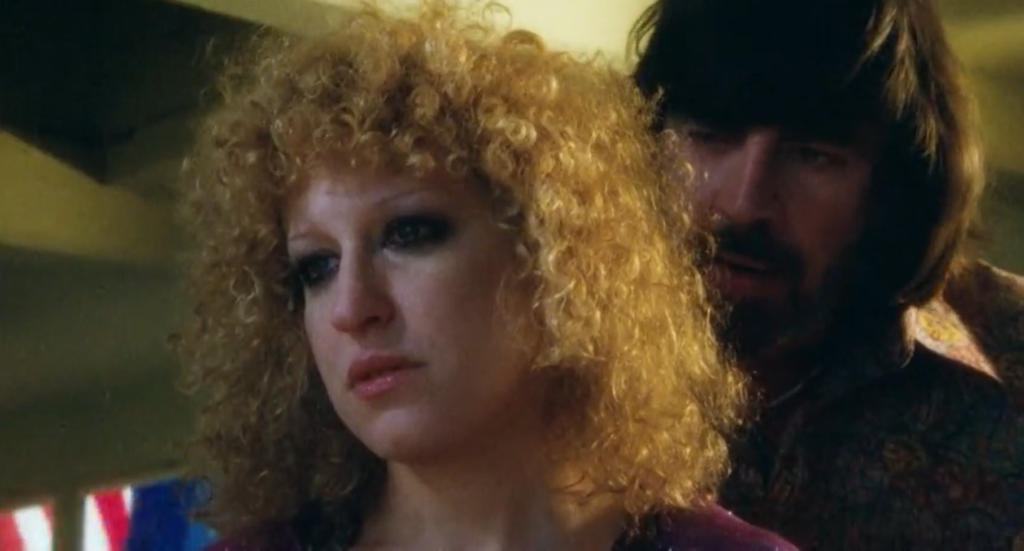
- Fredric Forrest as Dyer
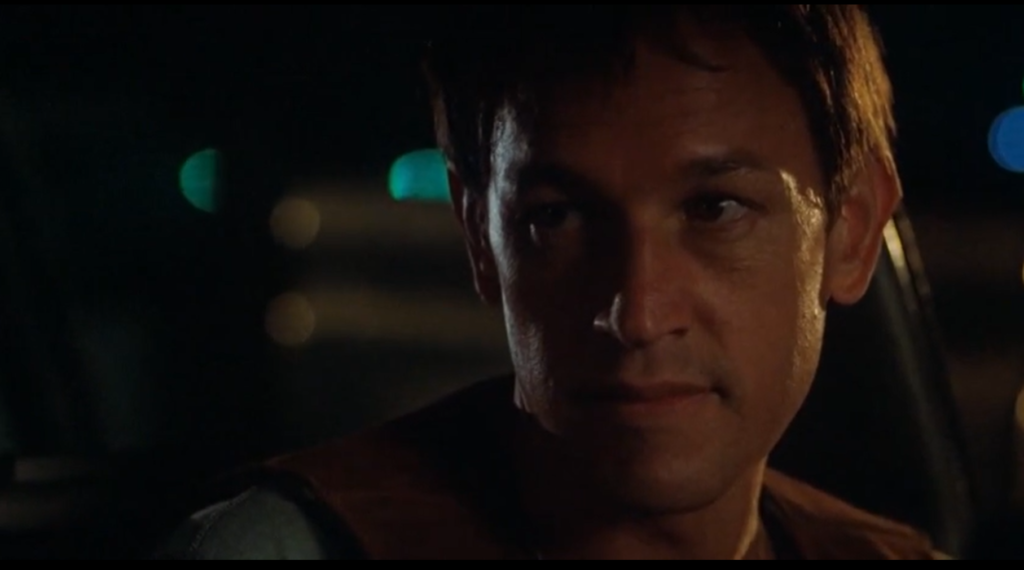
- David Keith as Mal
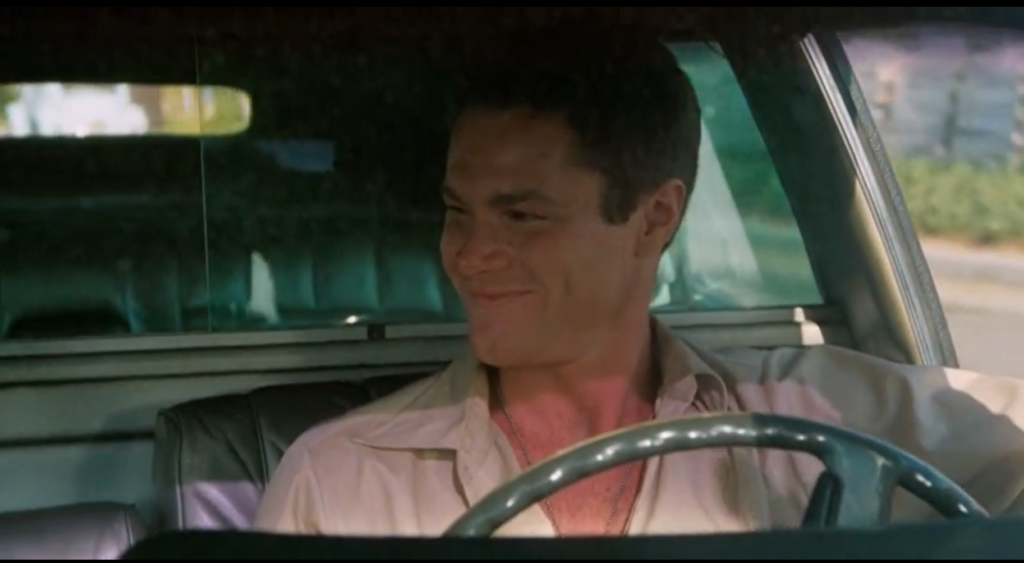
- Stunning cinematography

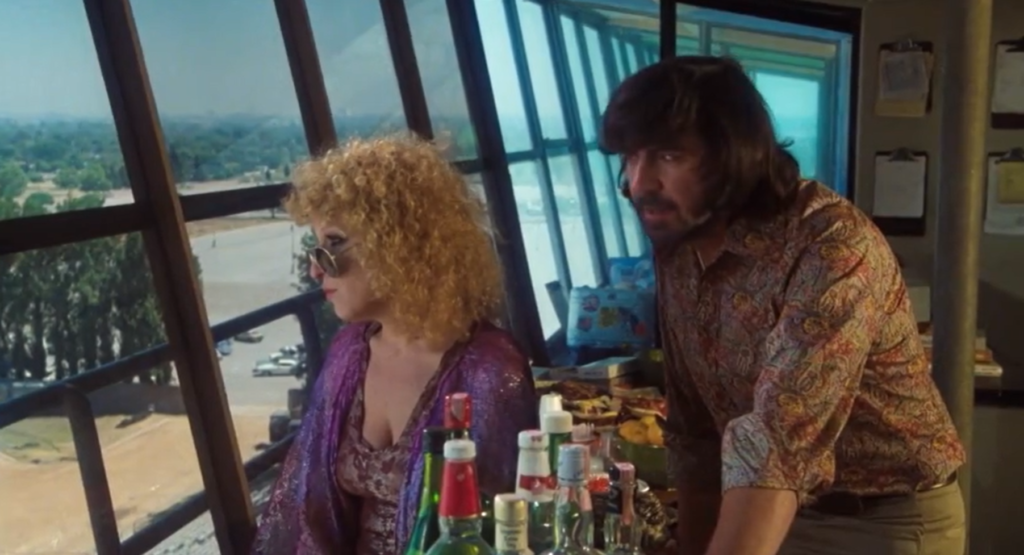
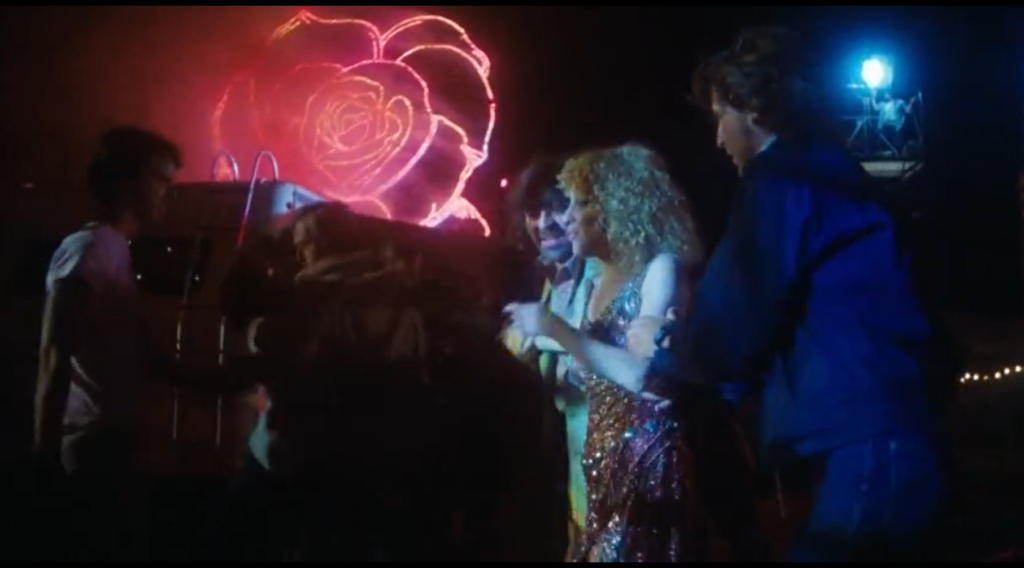
- Fine location shooting
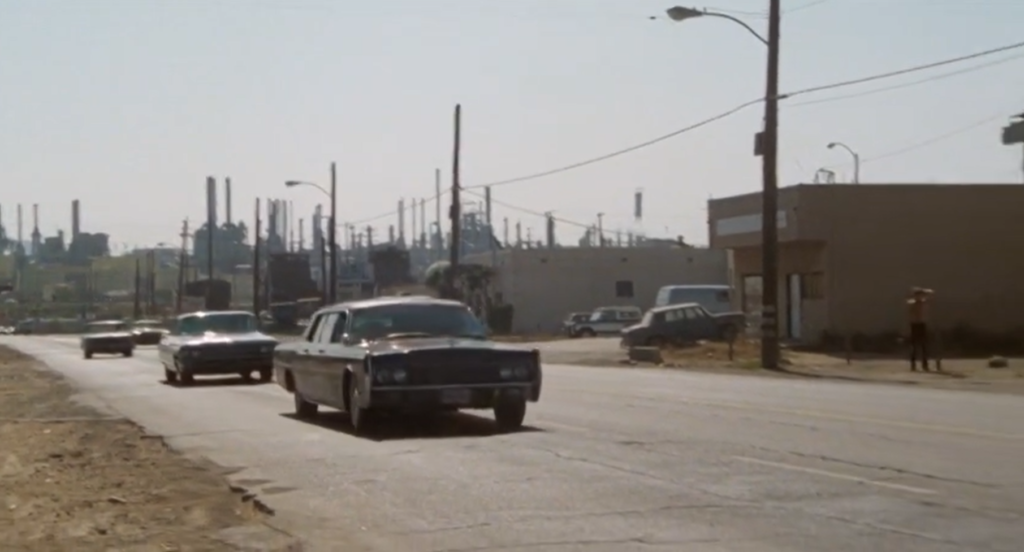
- Many gut-wrenching moments
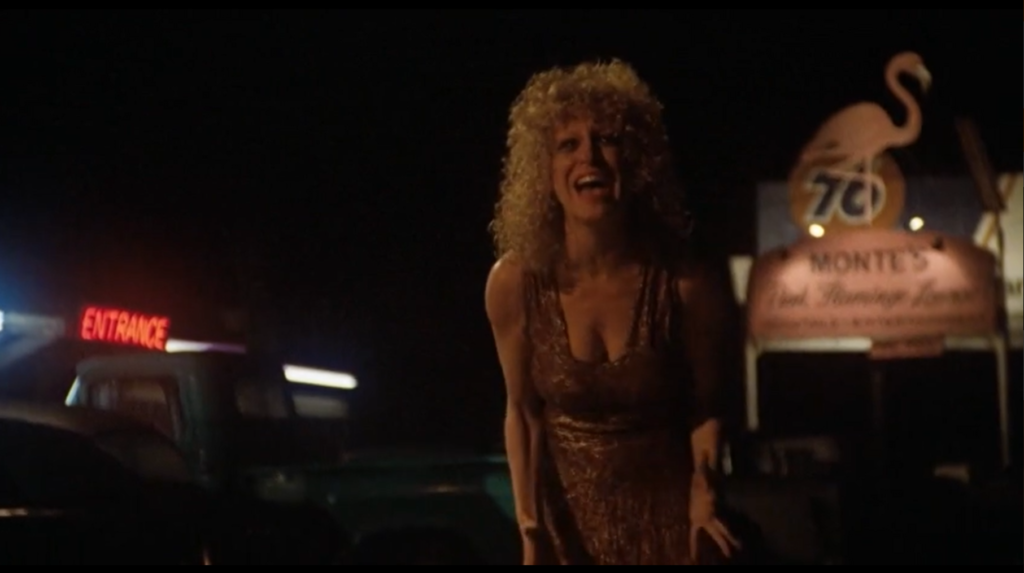
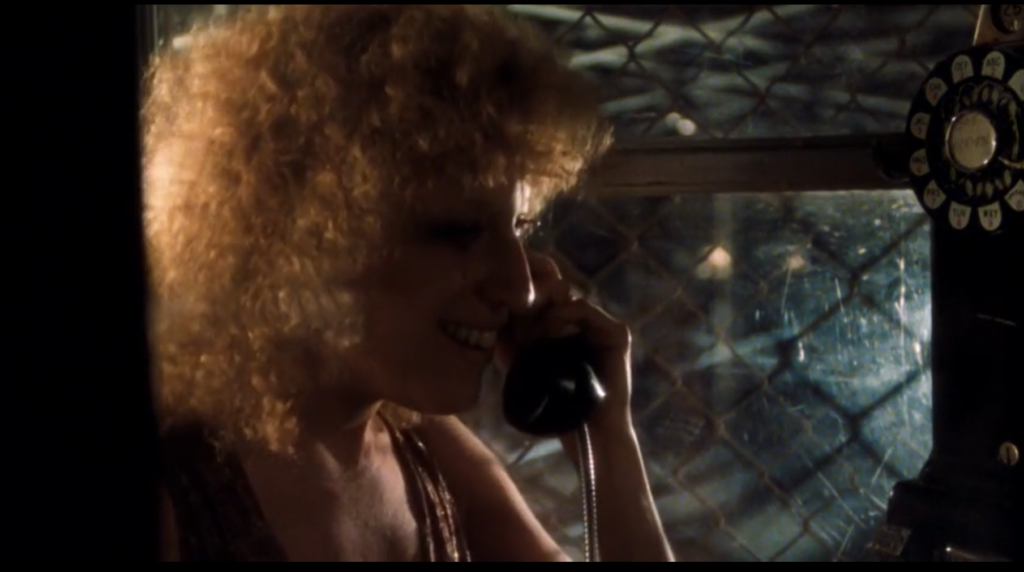
- Powerful concert sequences

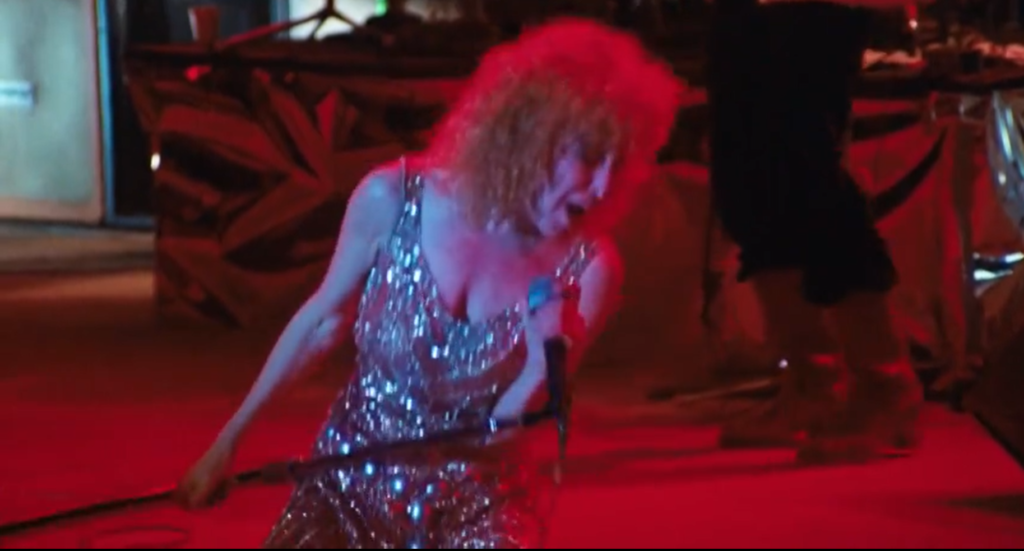
Must See?
Yes, for Midler’s Oscar-nominated performance and as an all-around powerful show.
Categories
- Noteworthy Performance(s)
- Oscar Winner or Nominee
Links:
|
